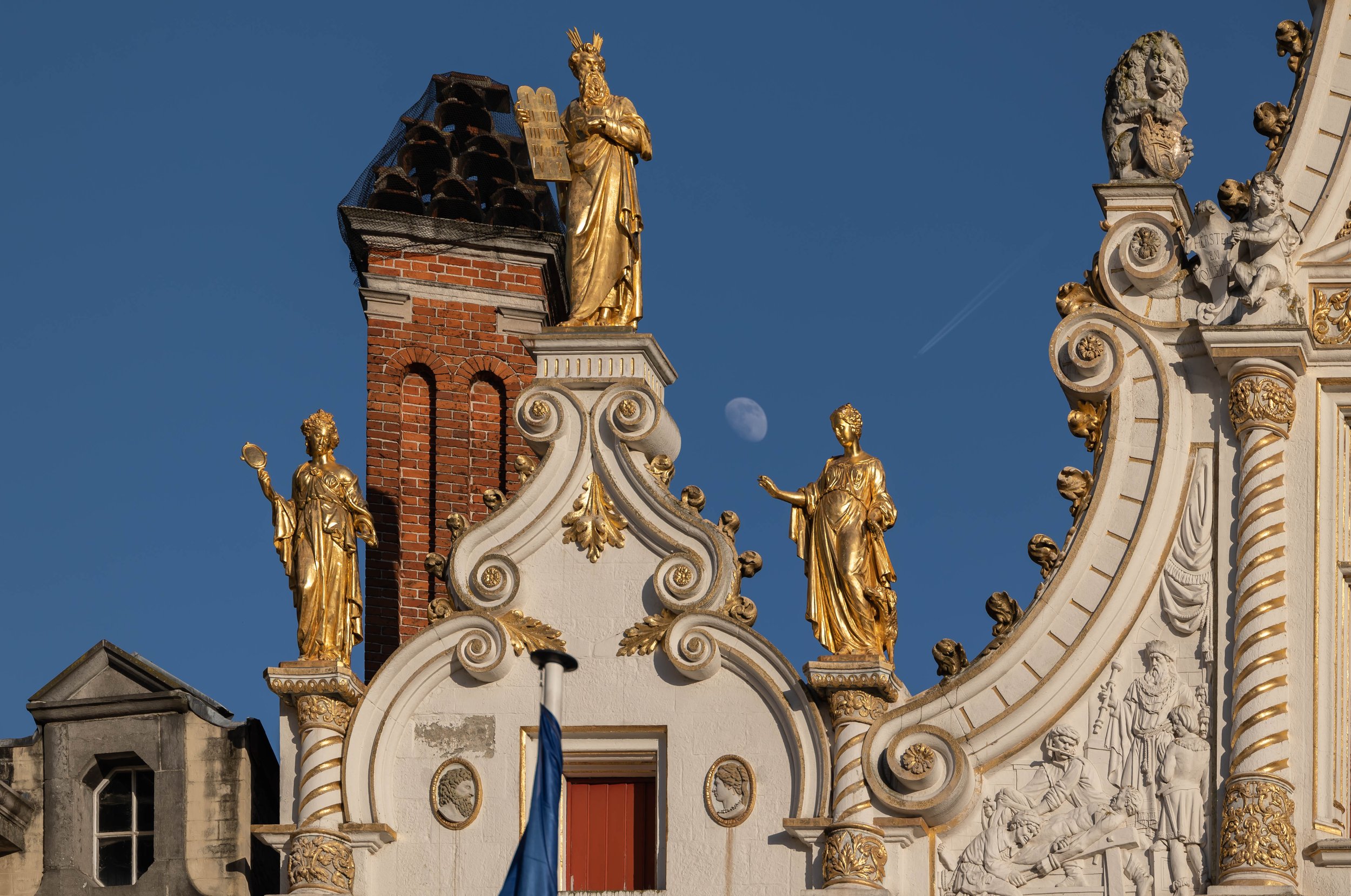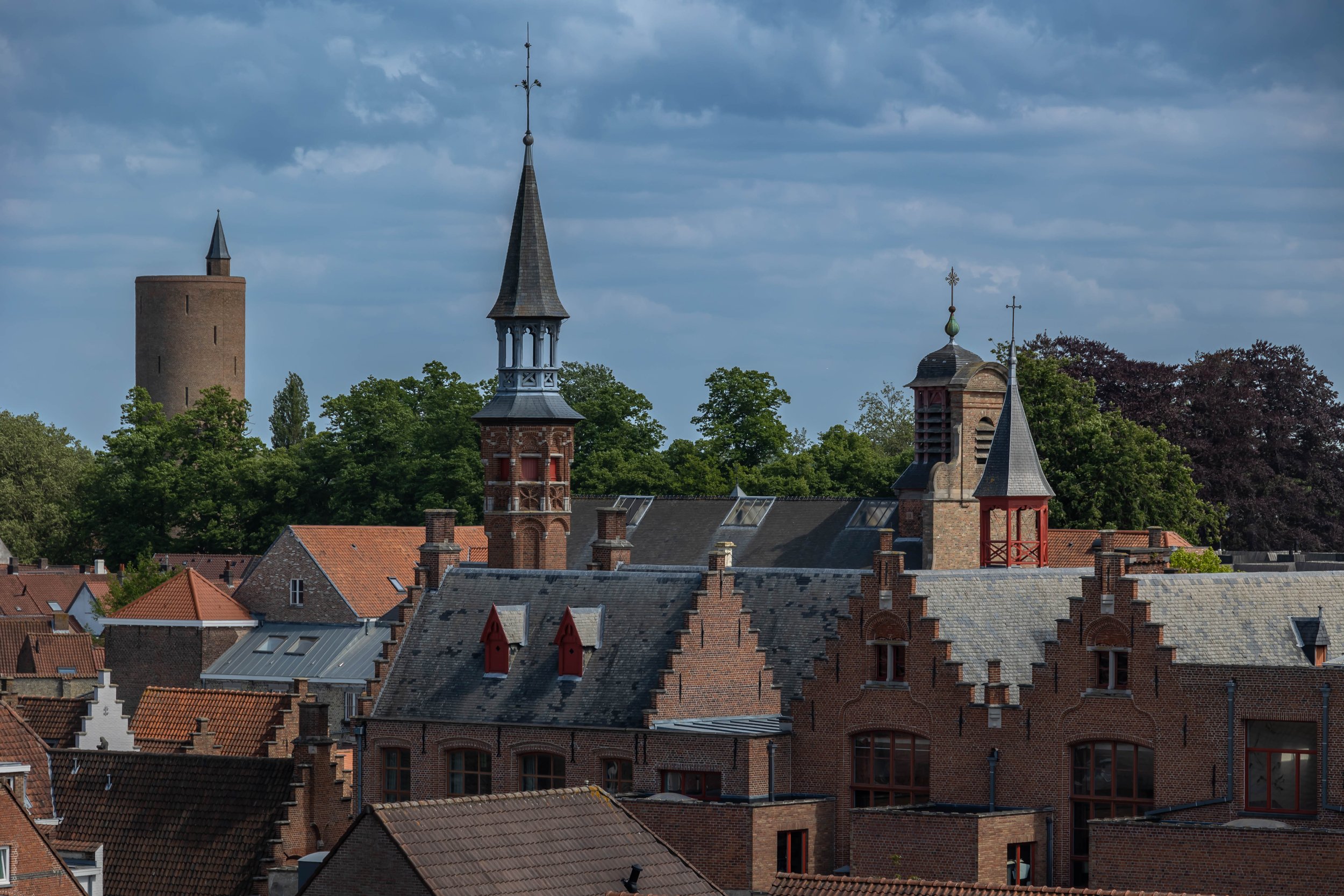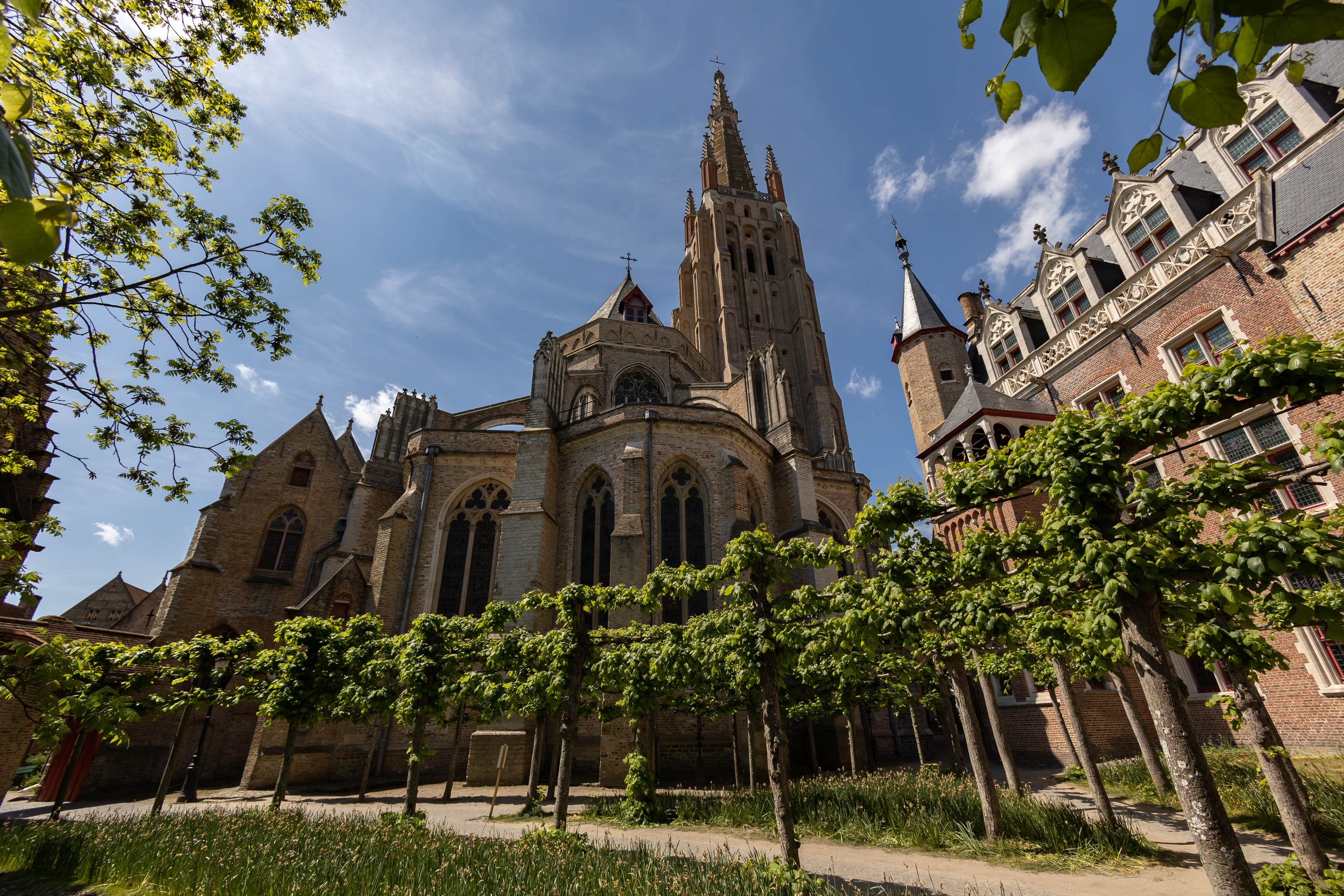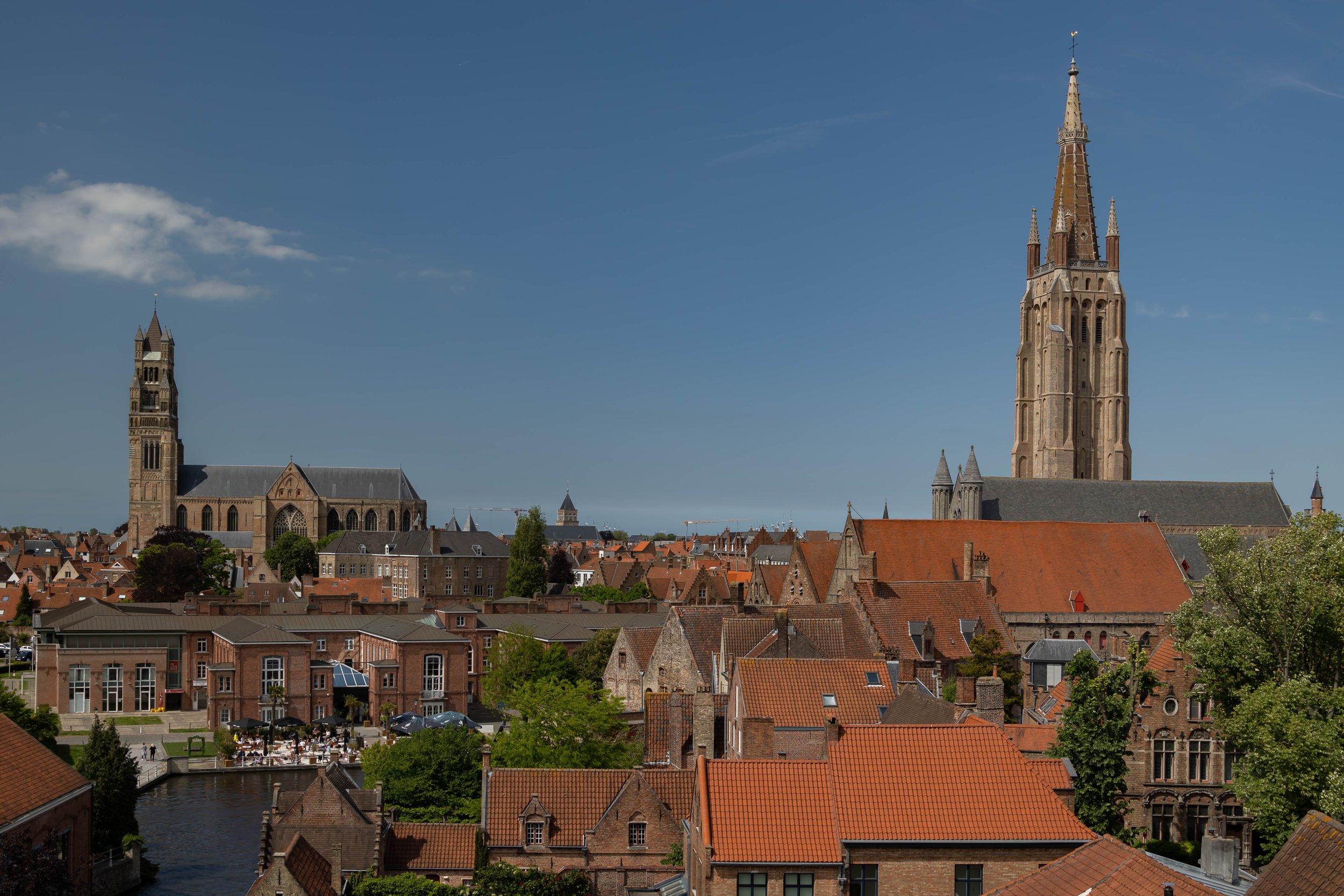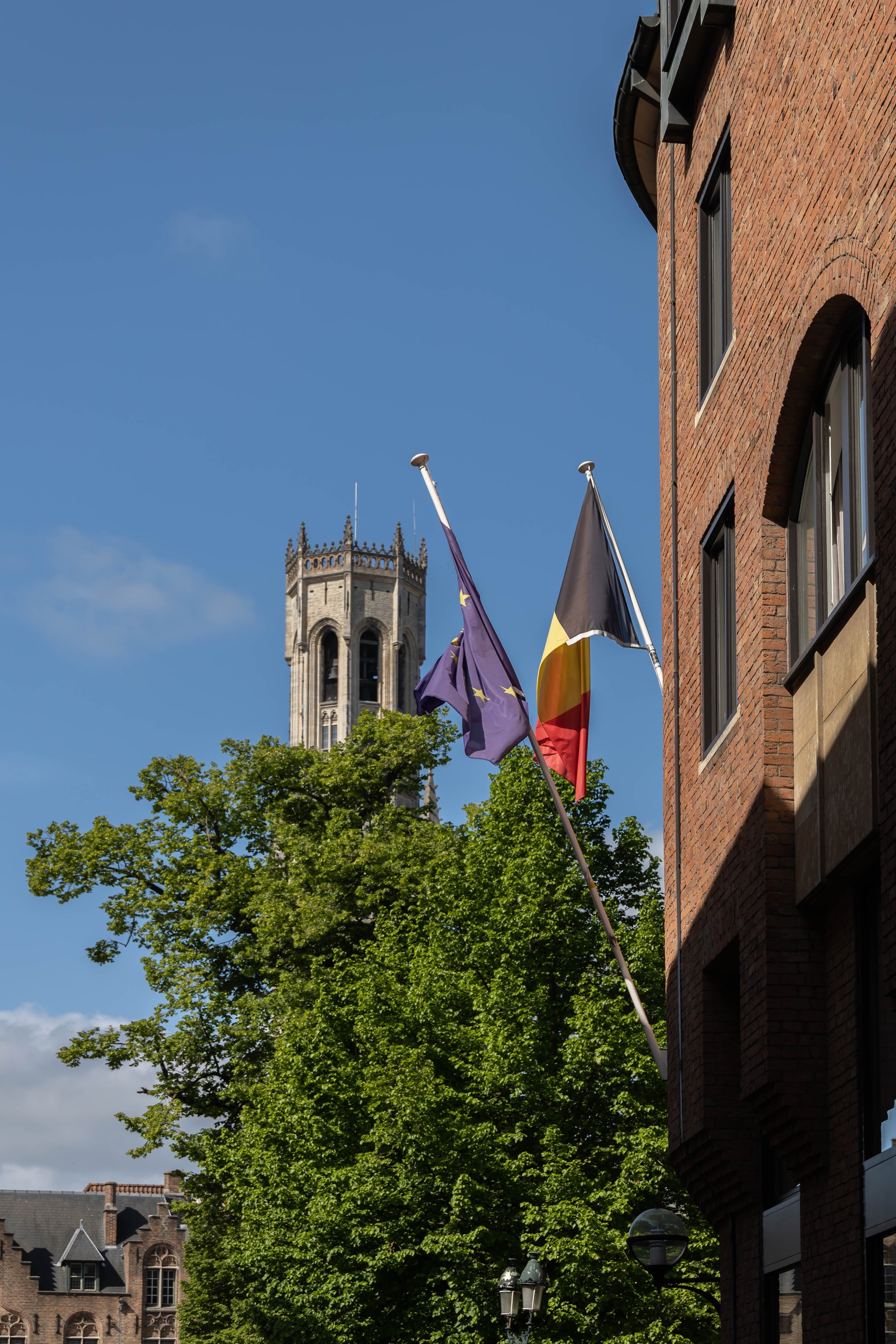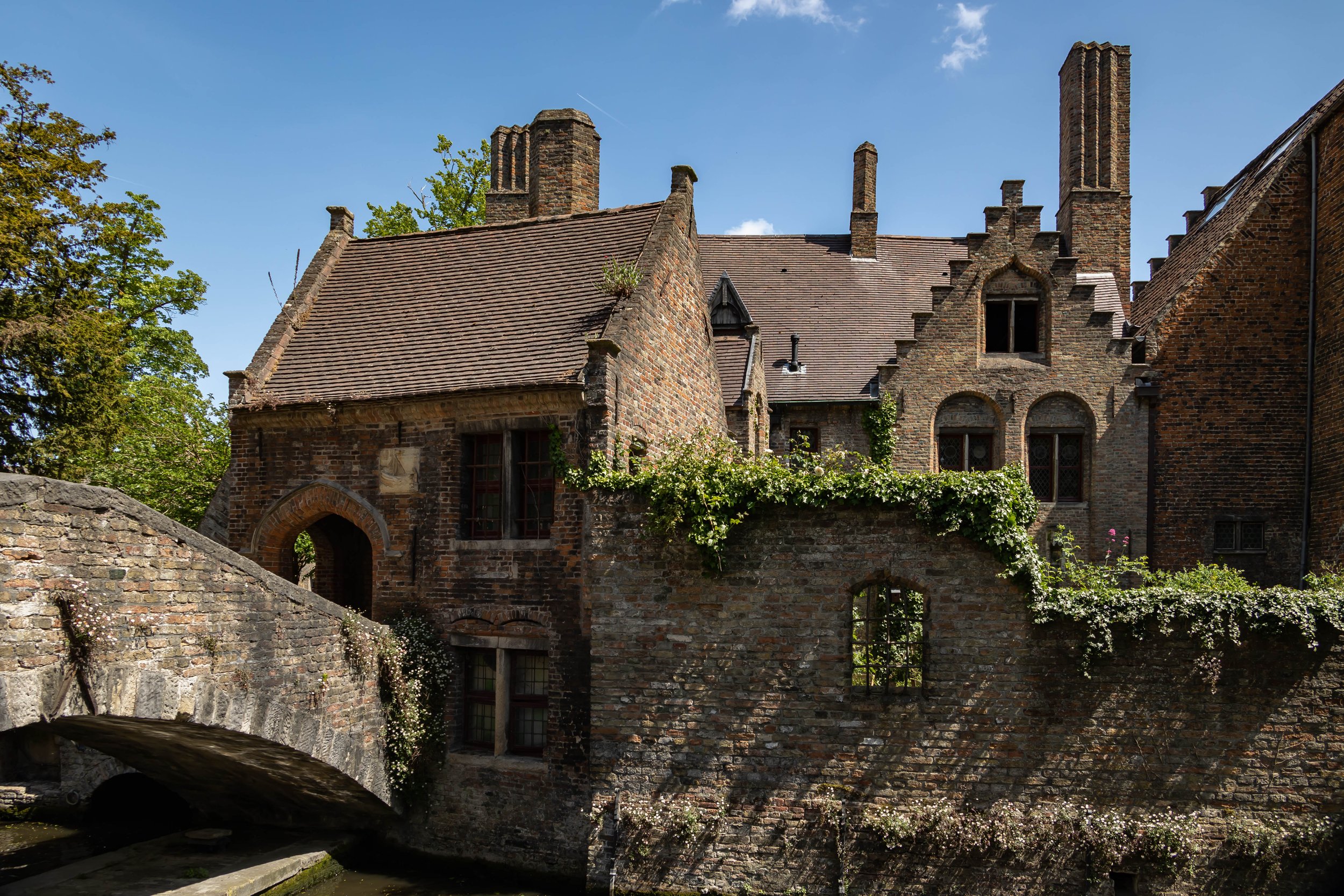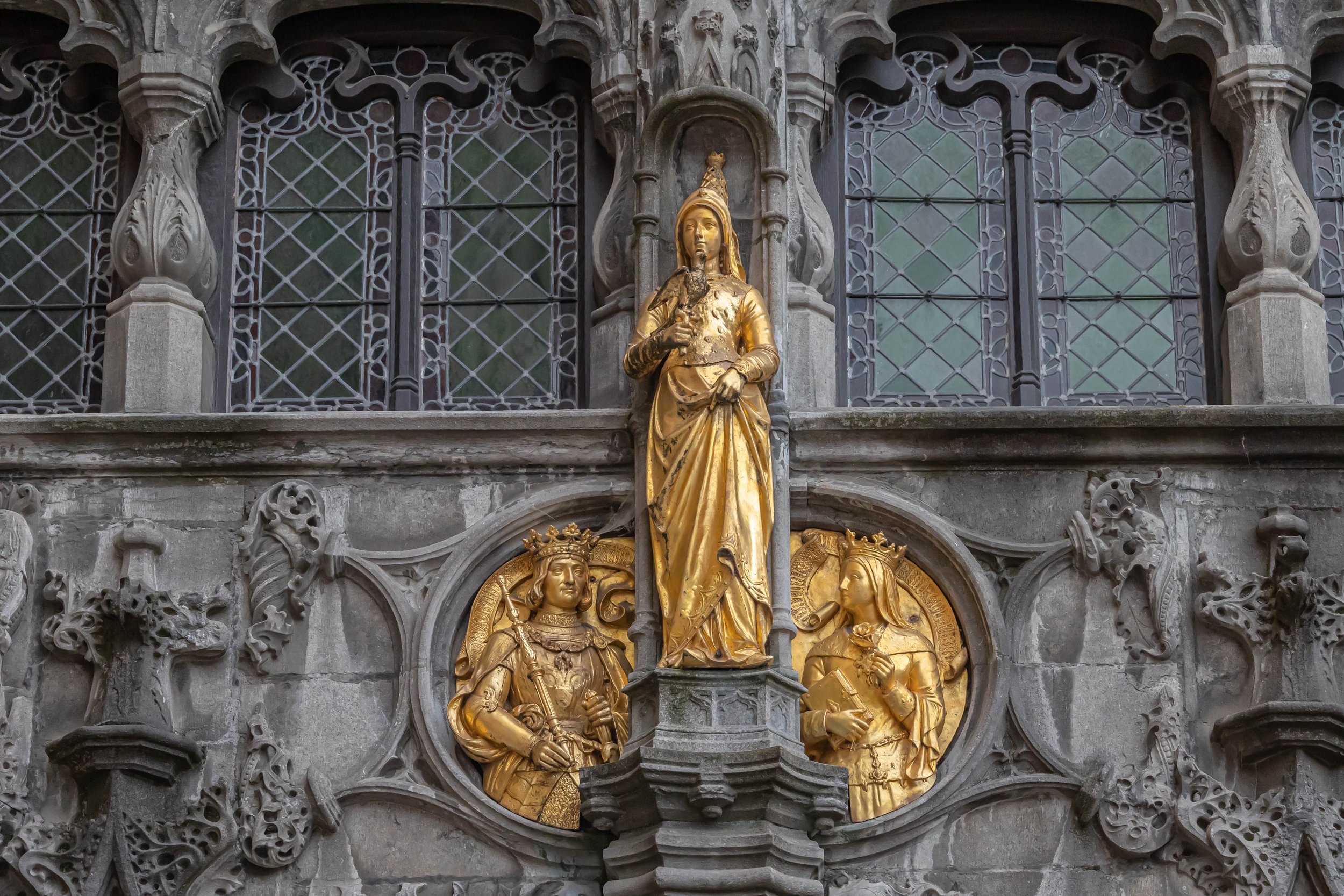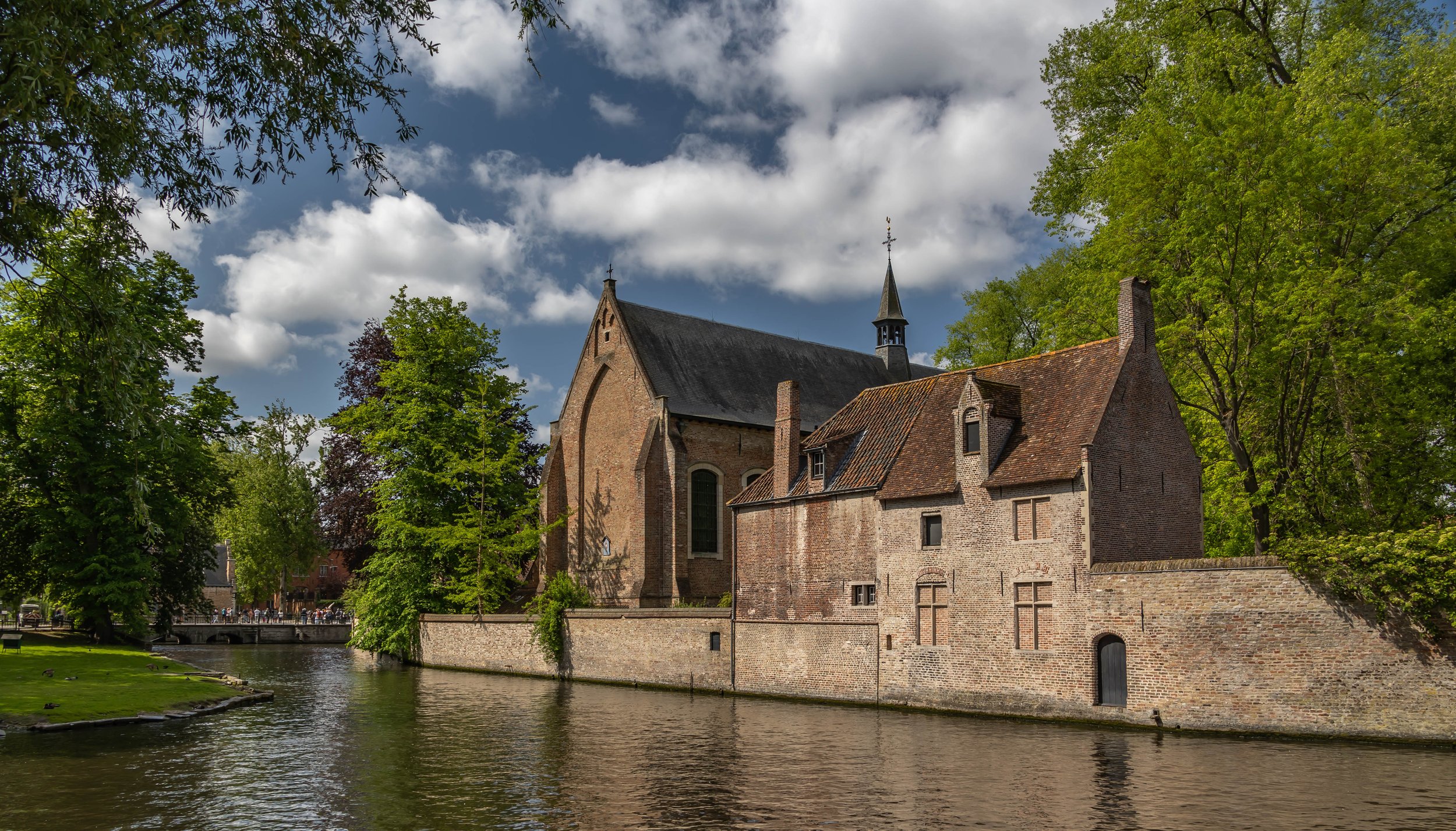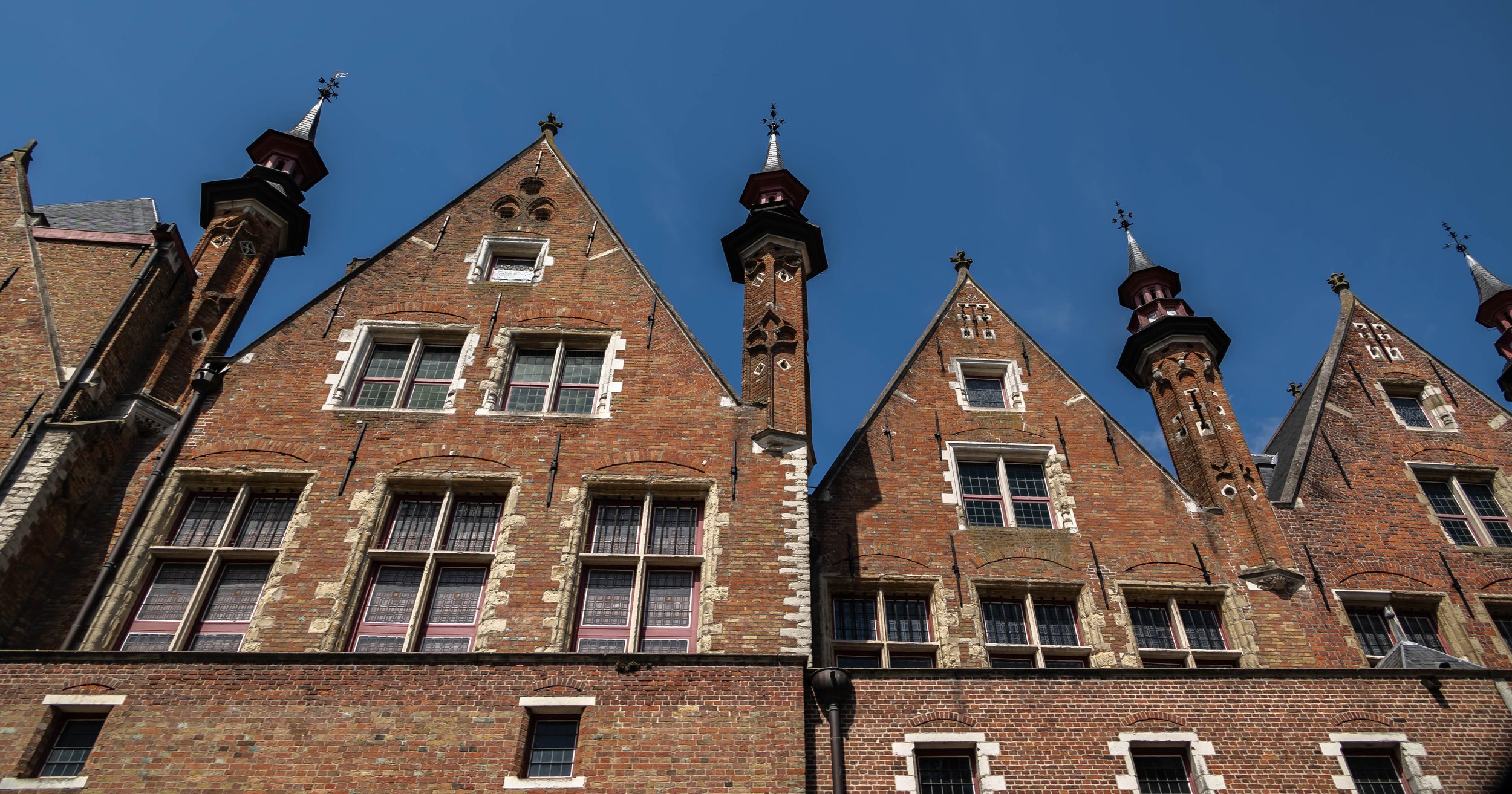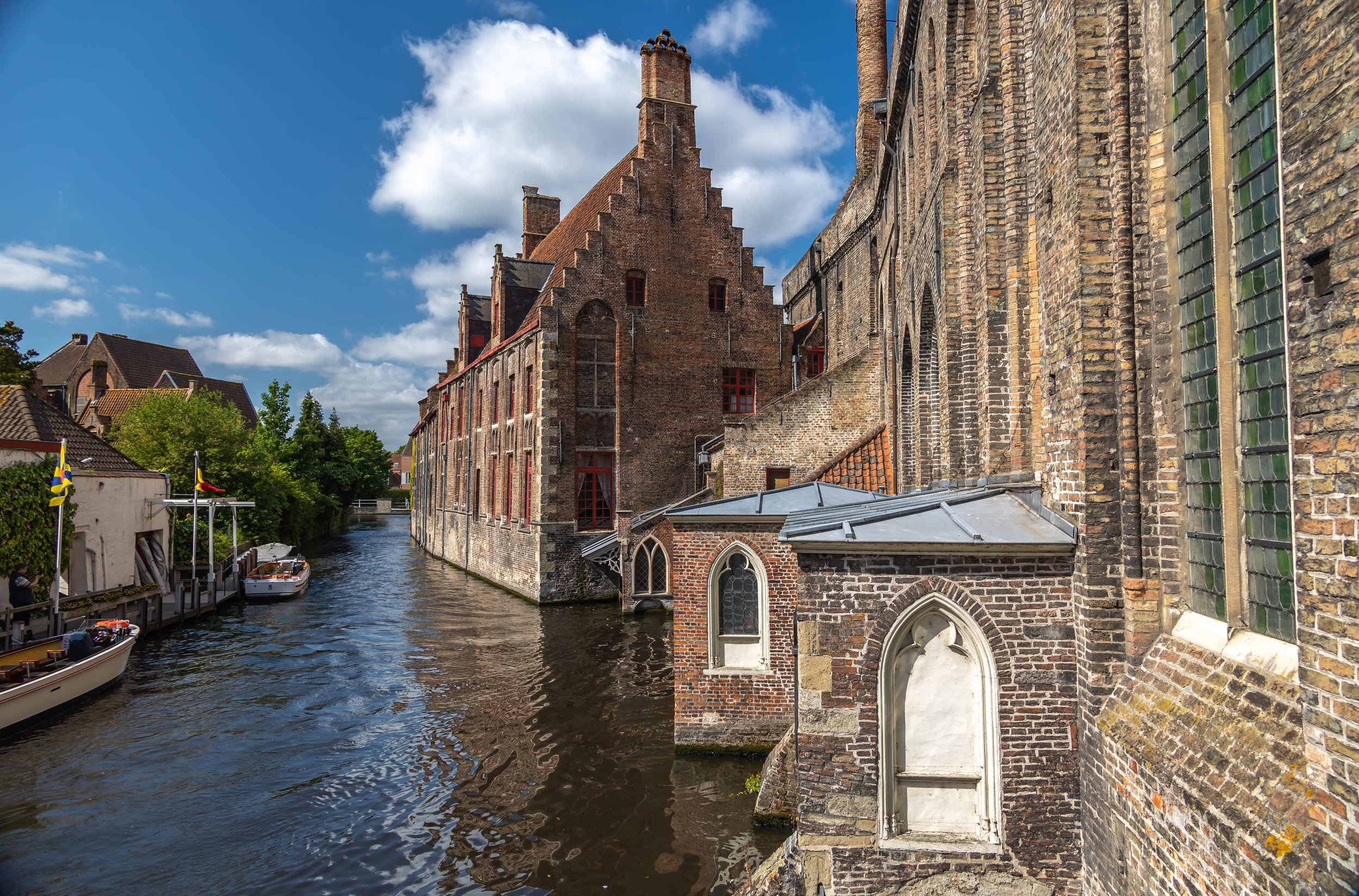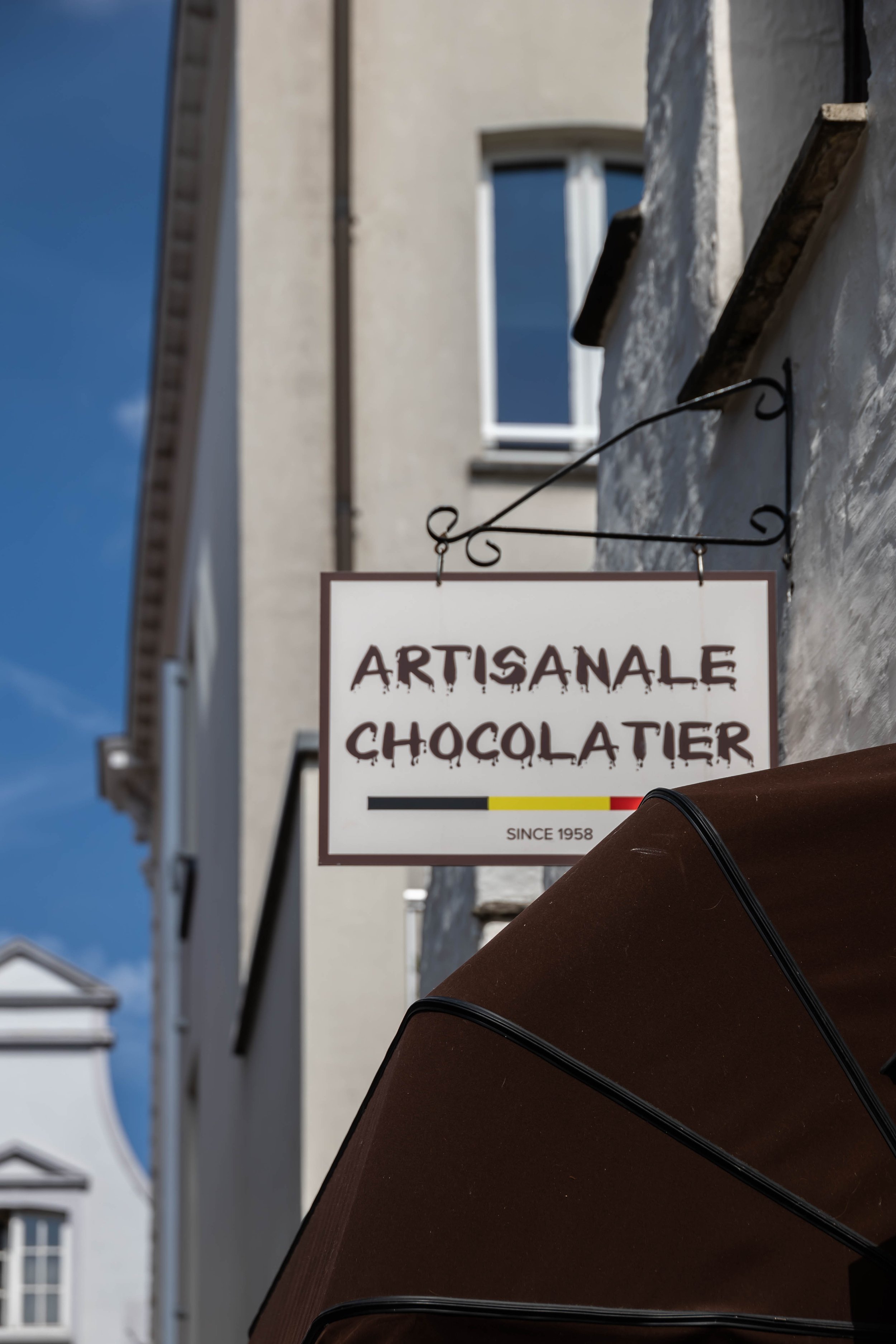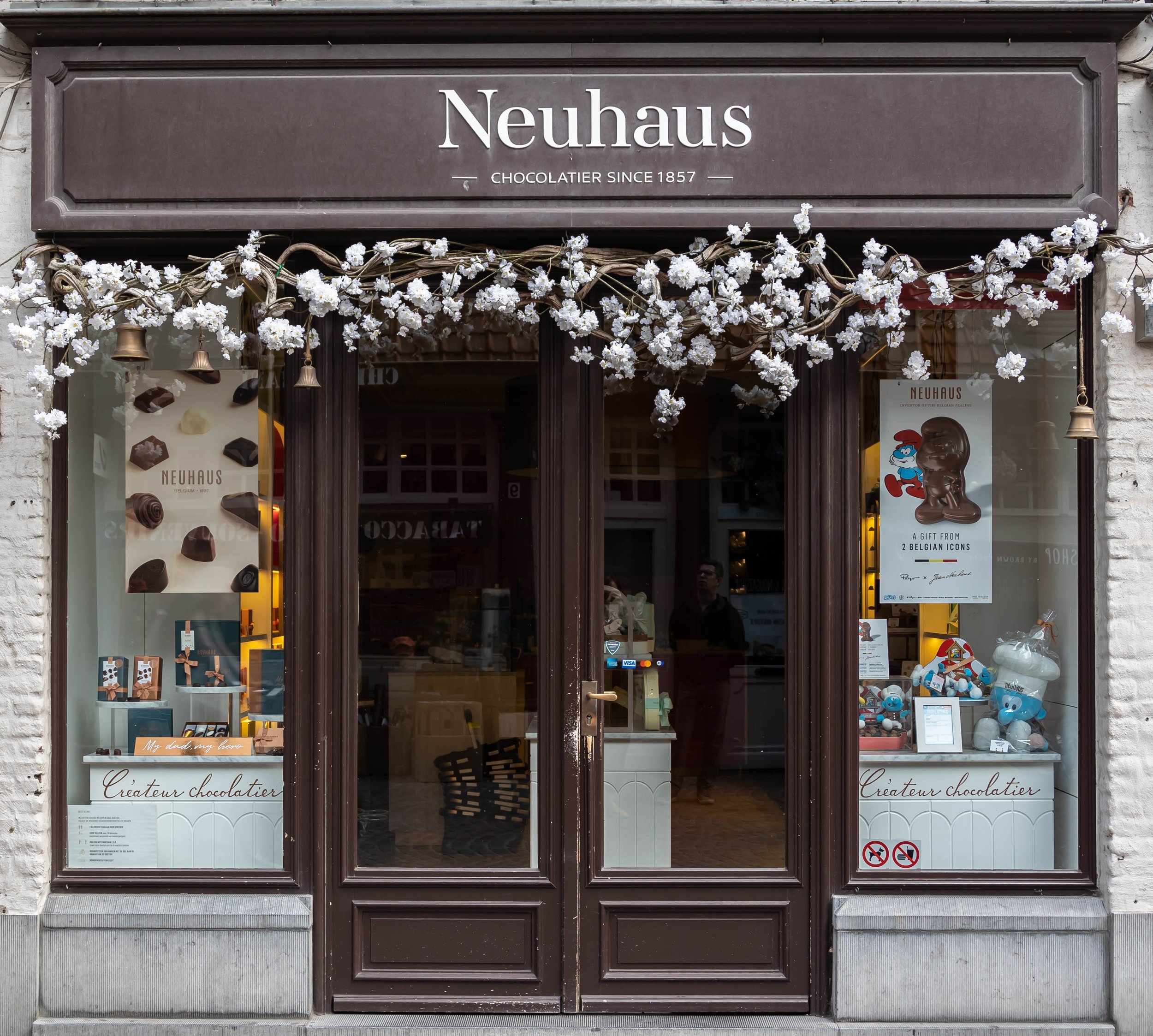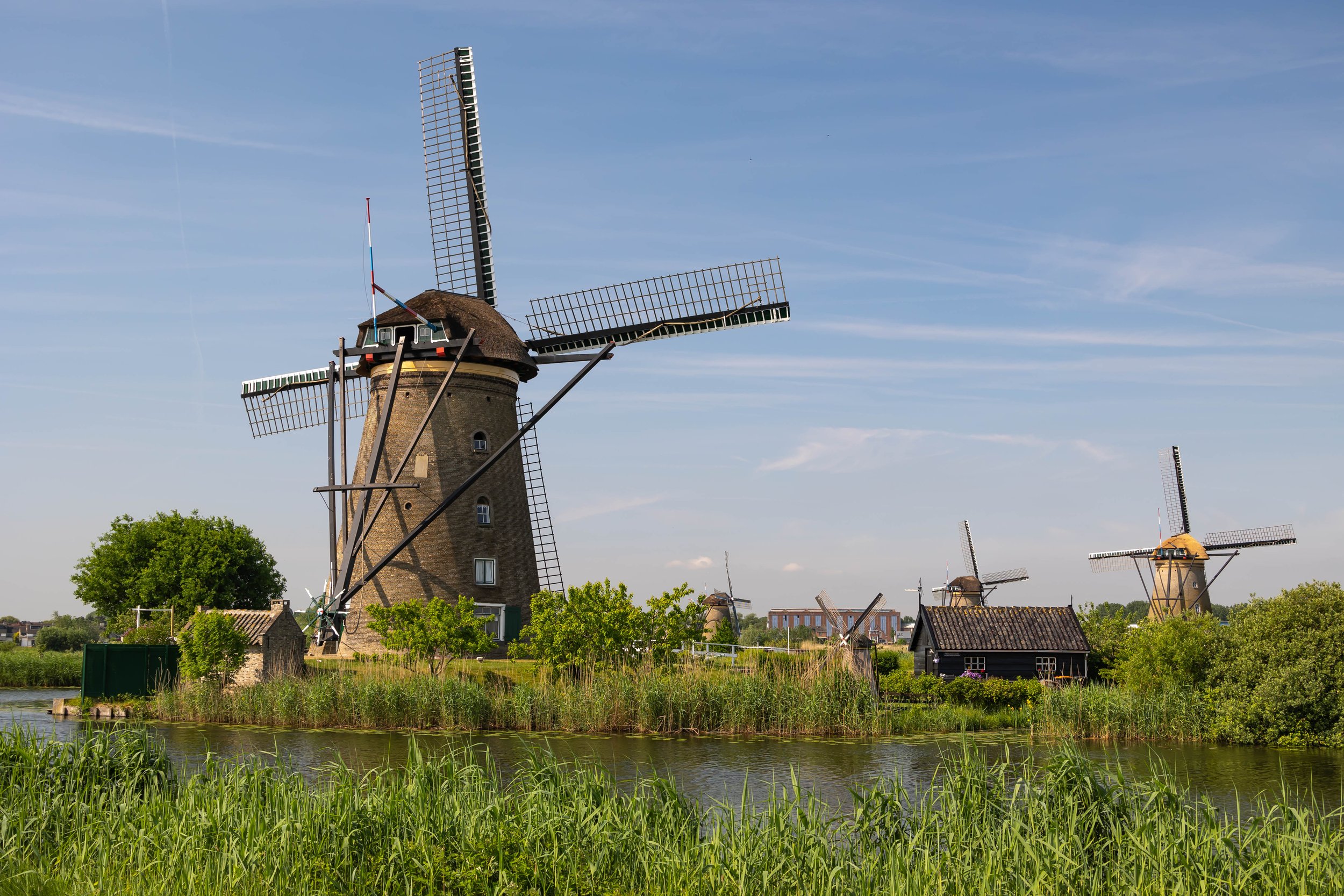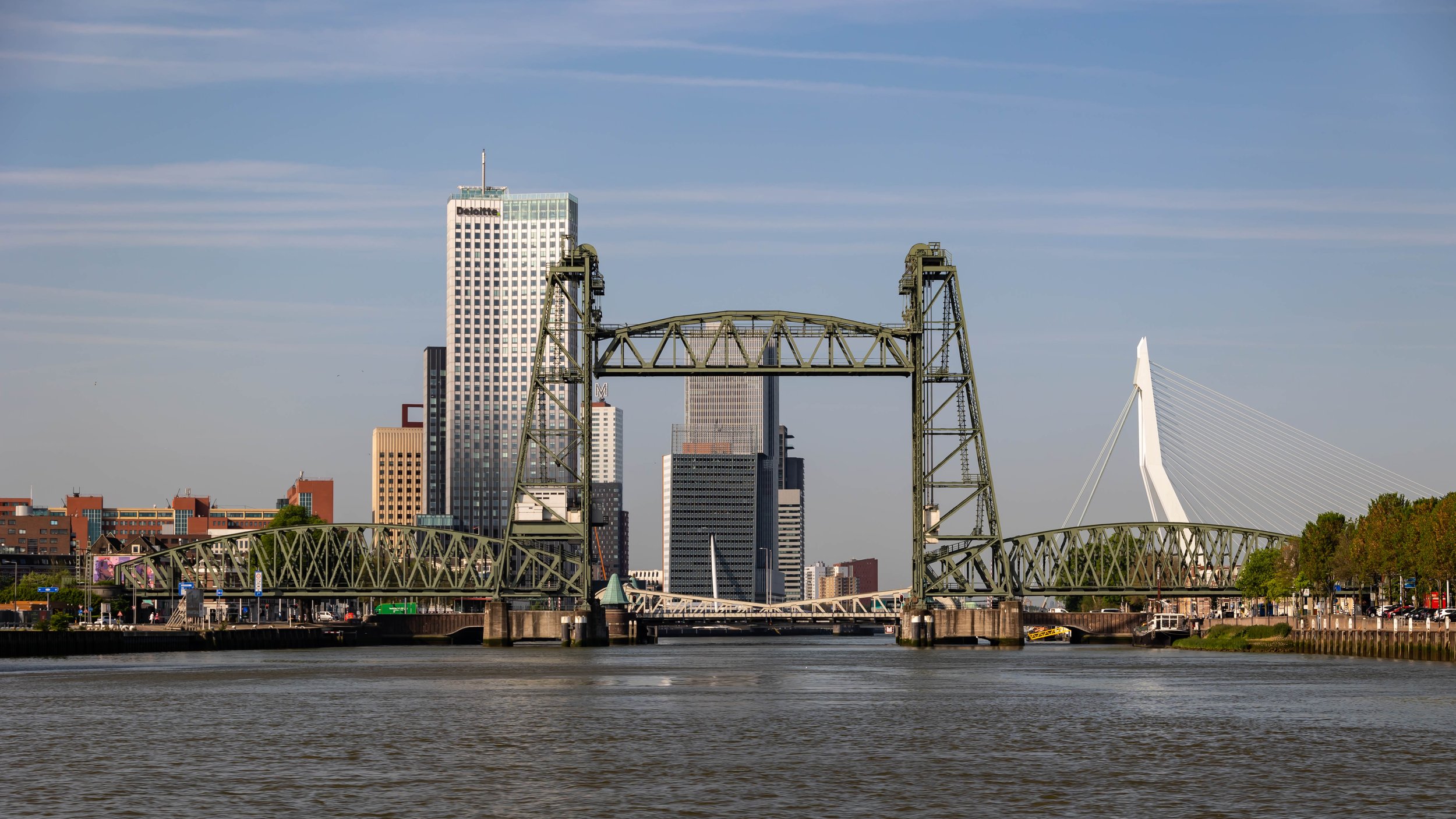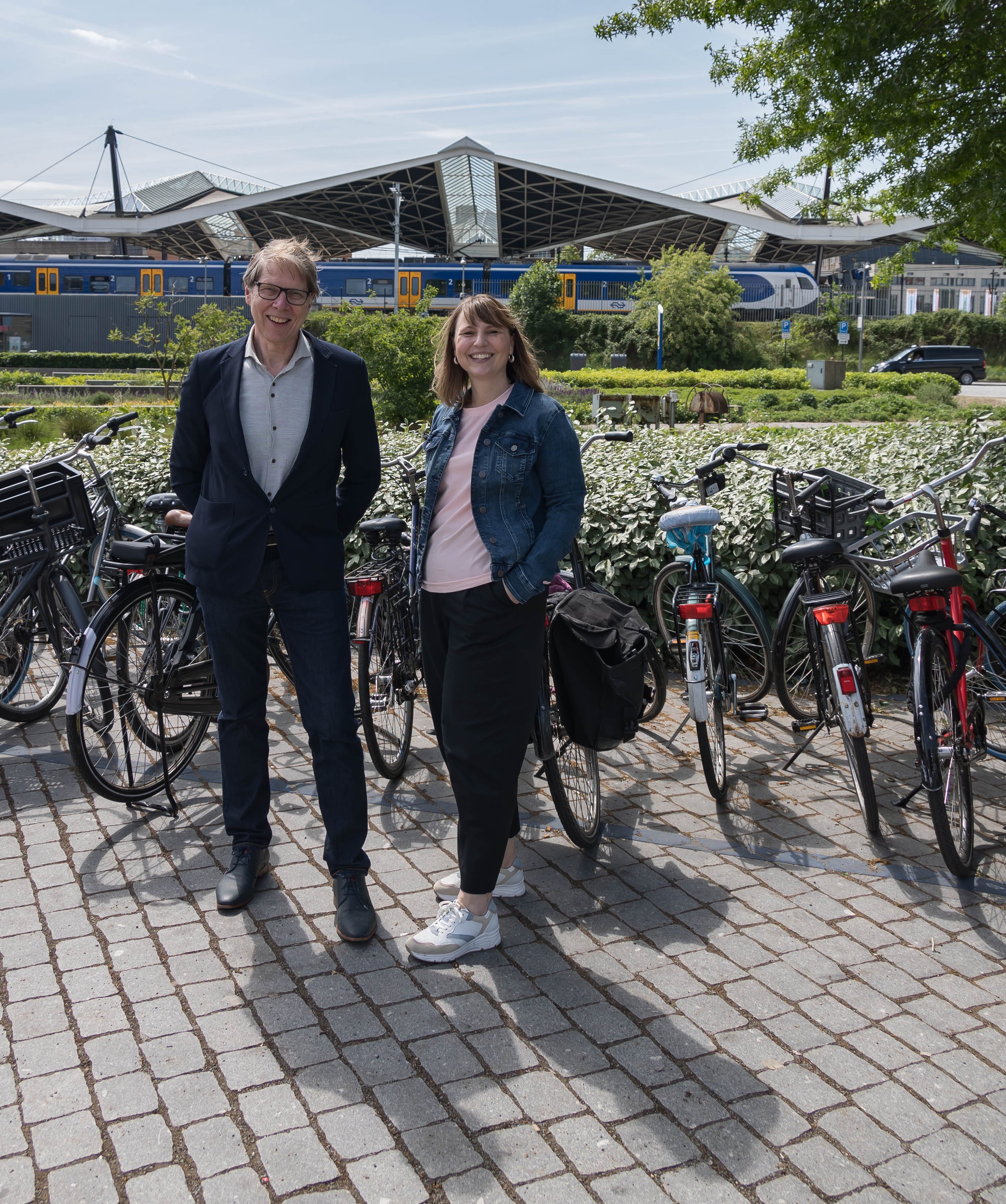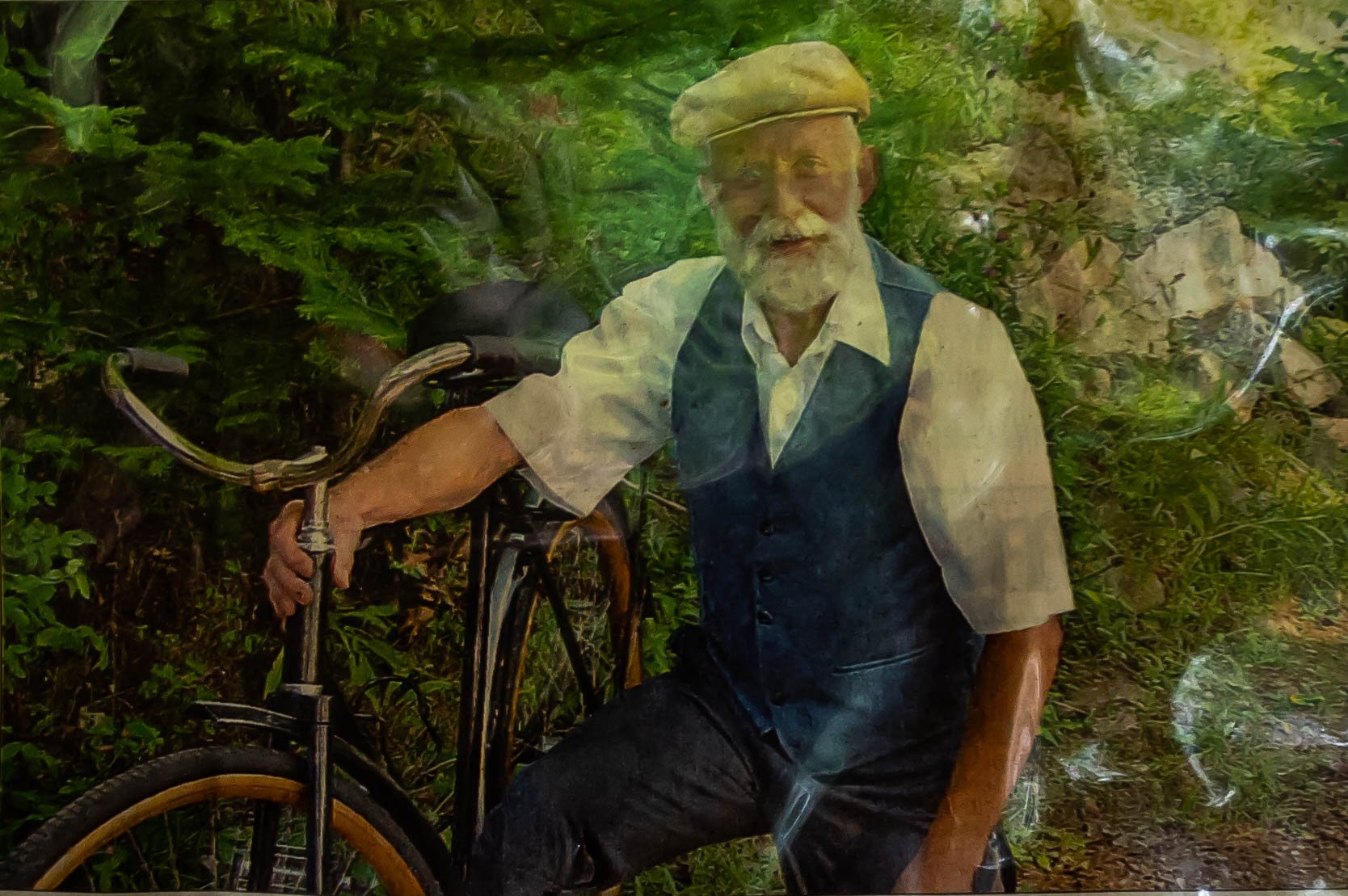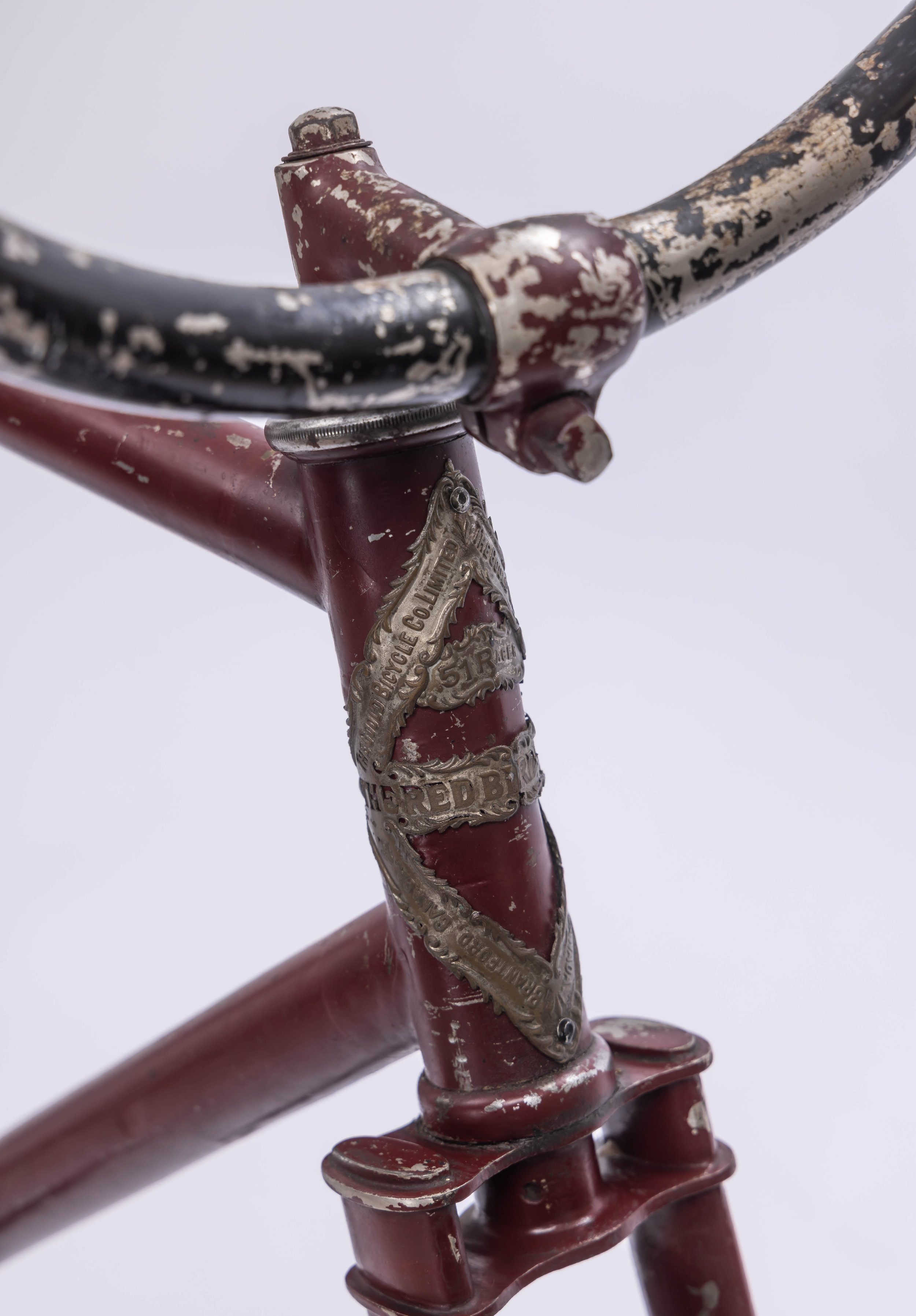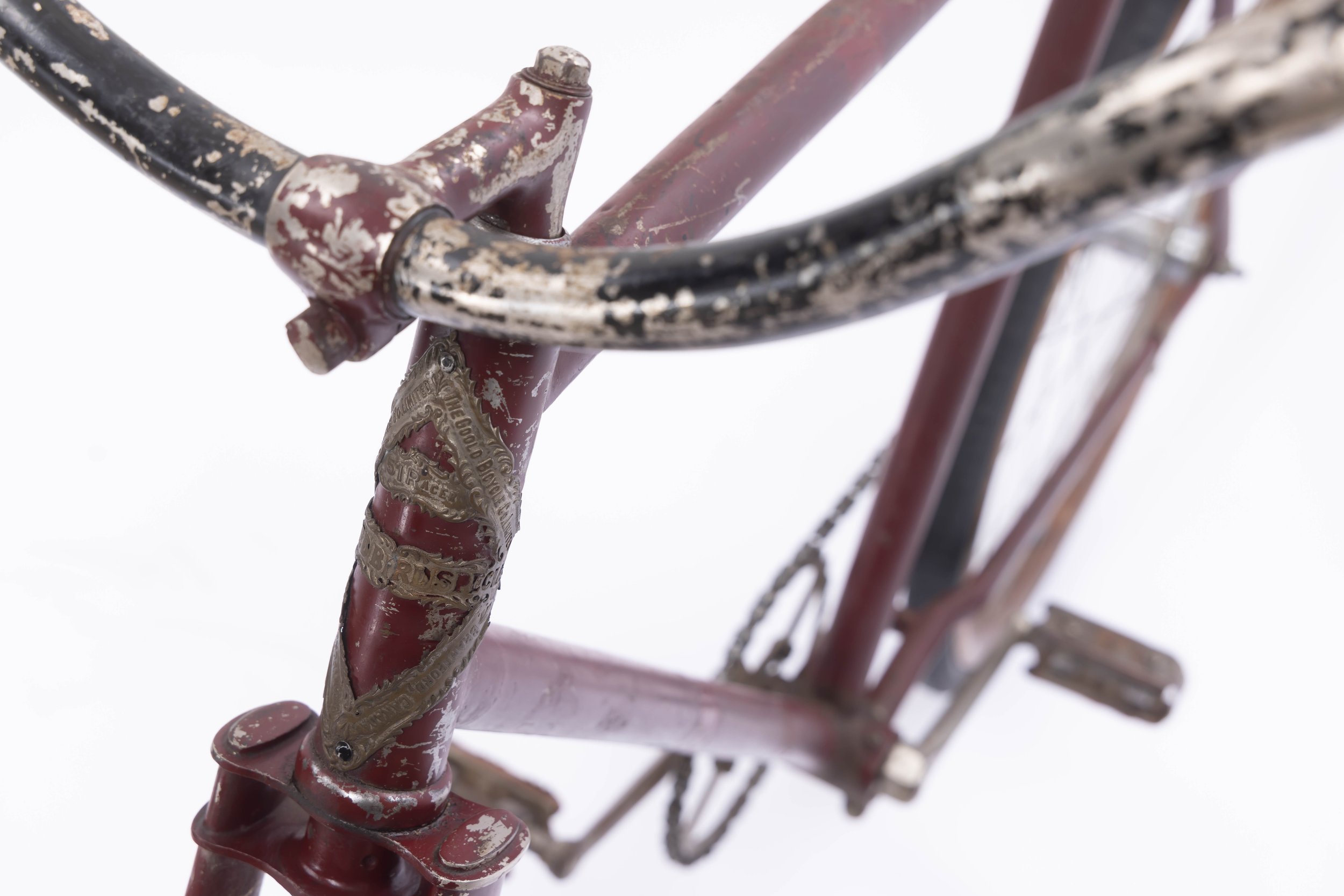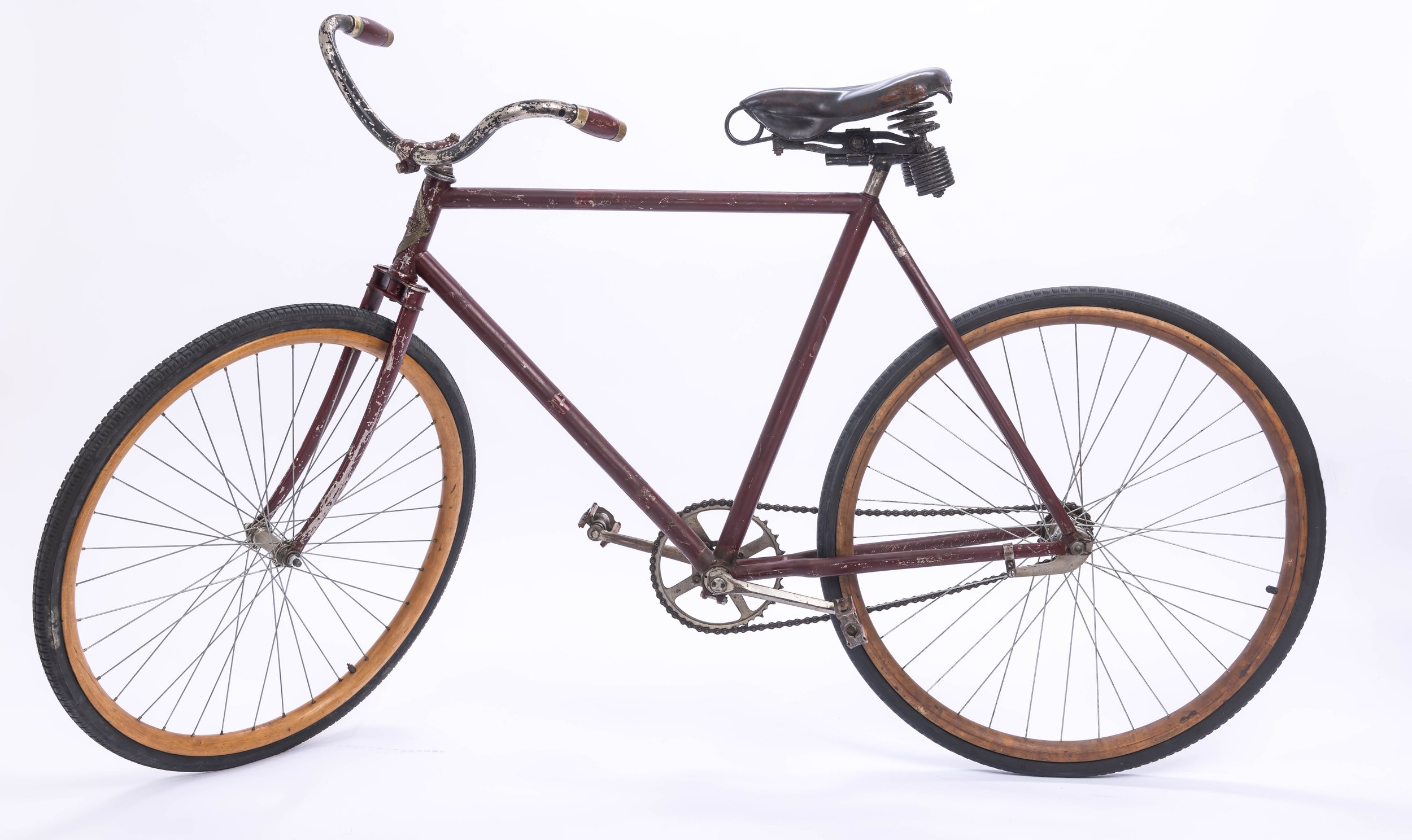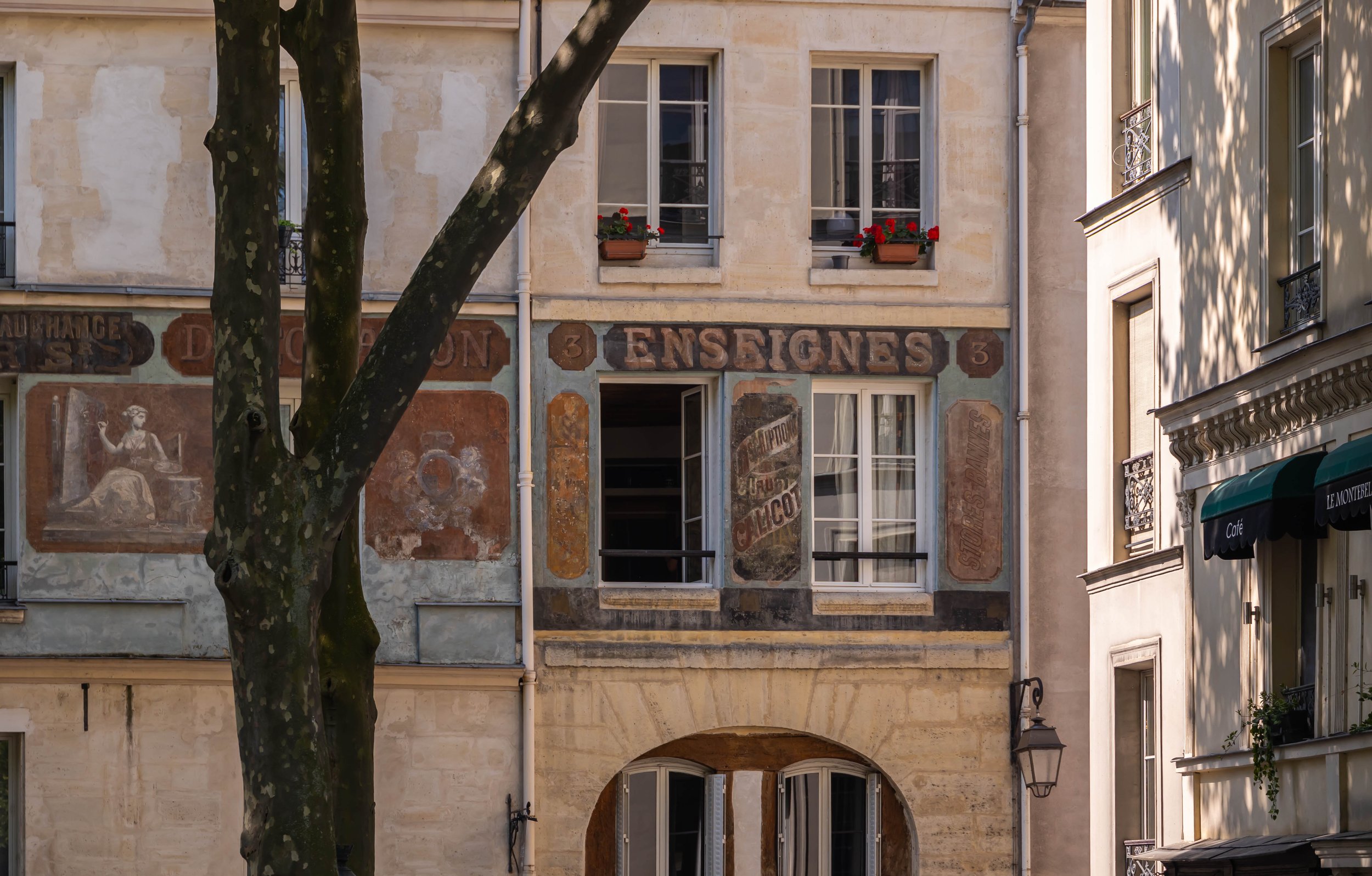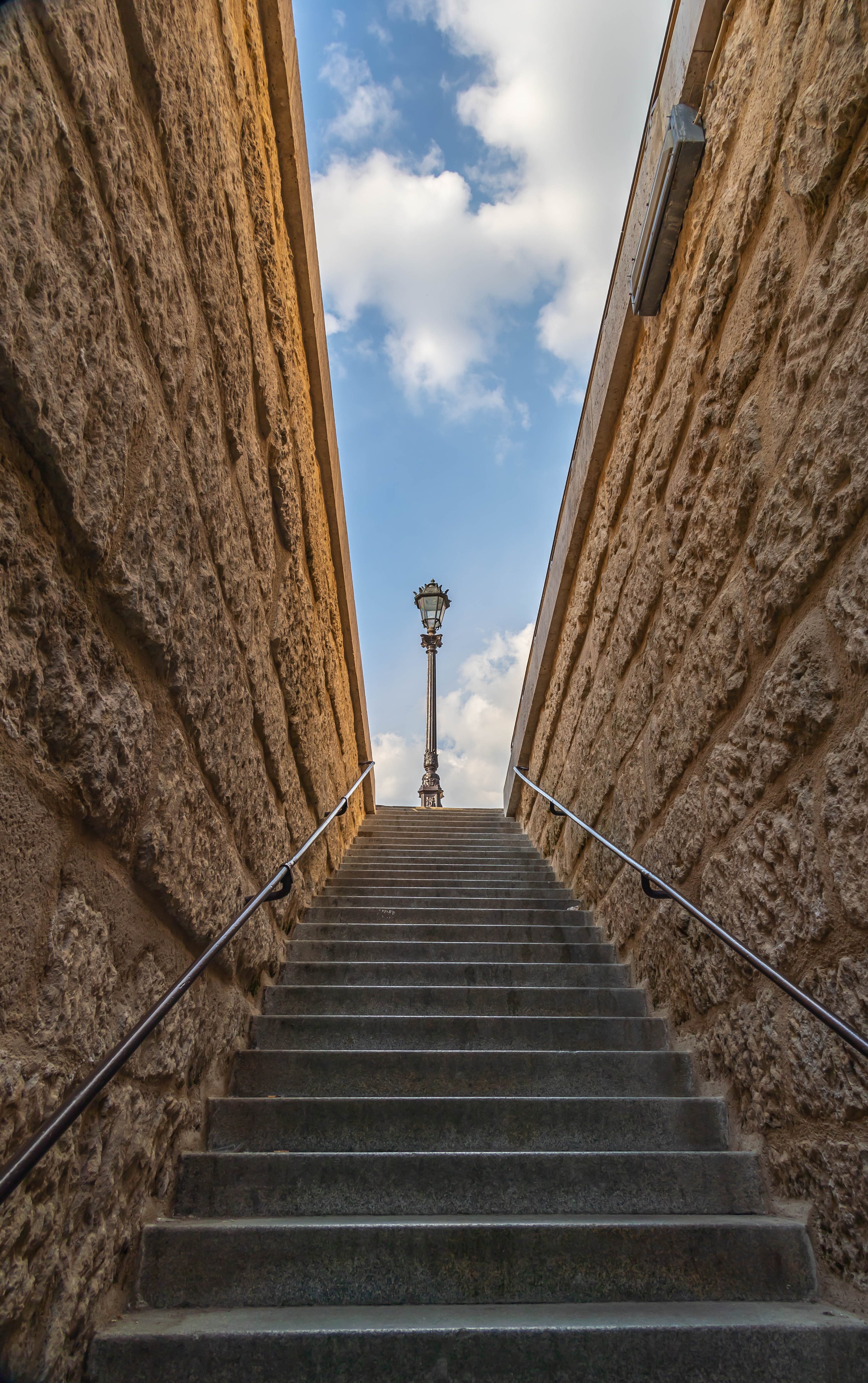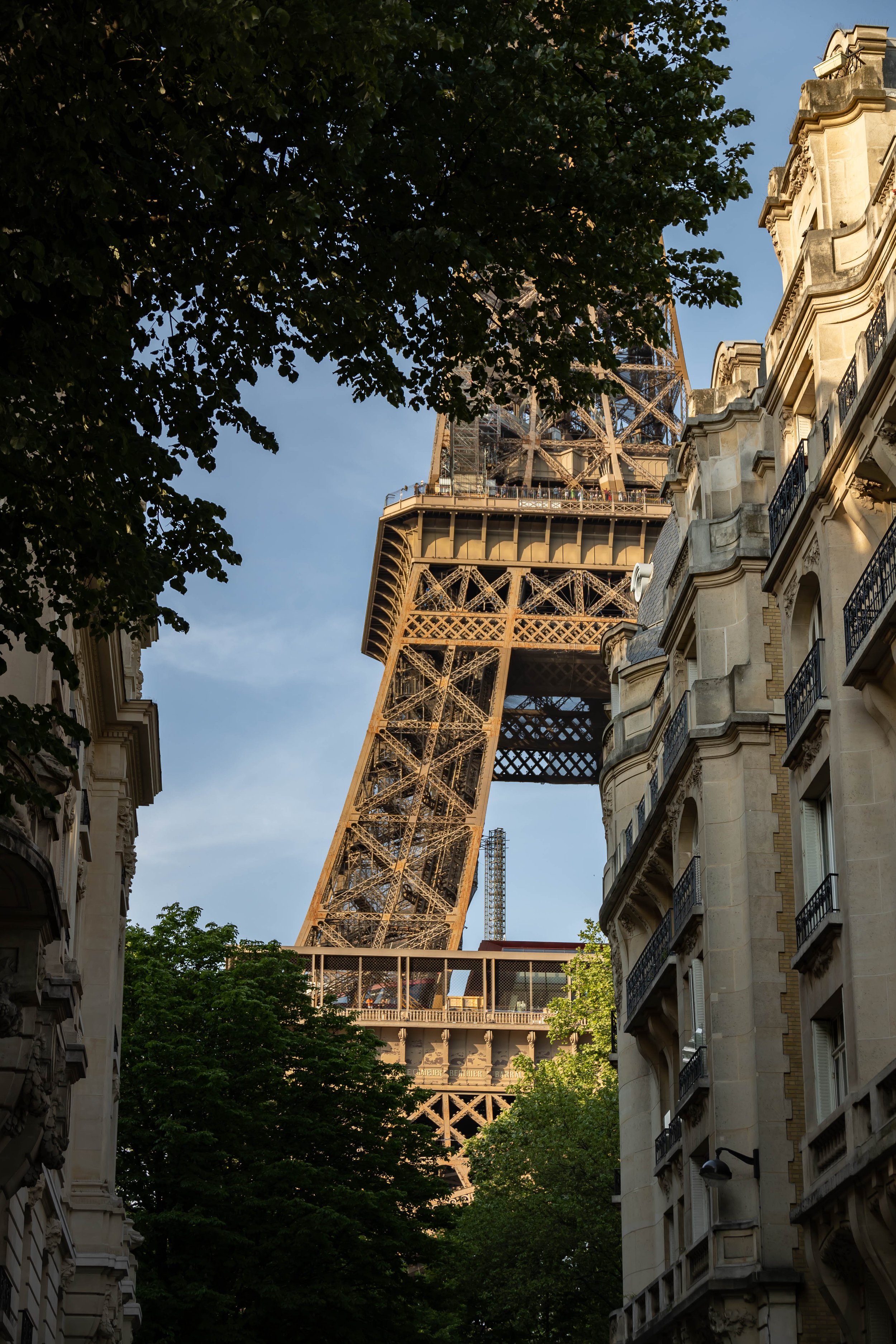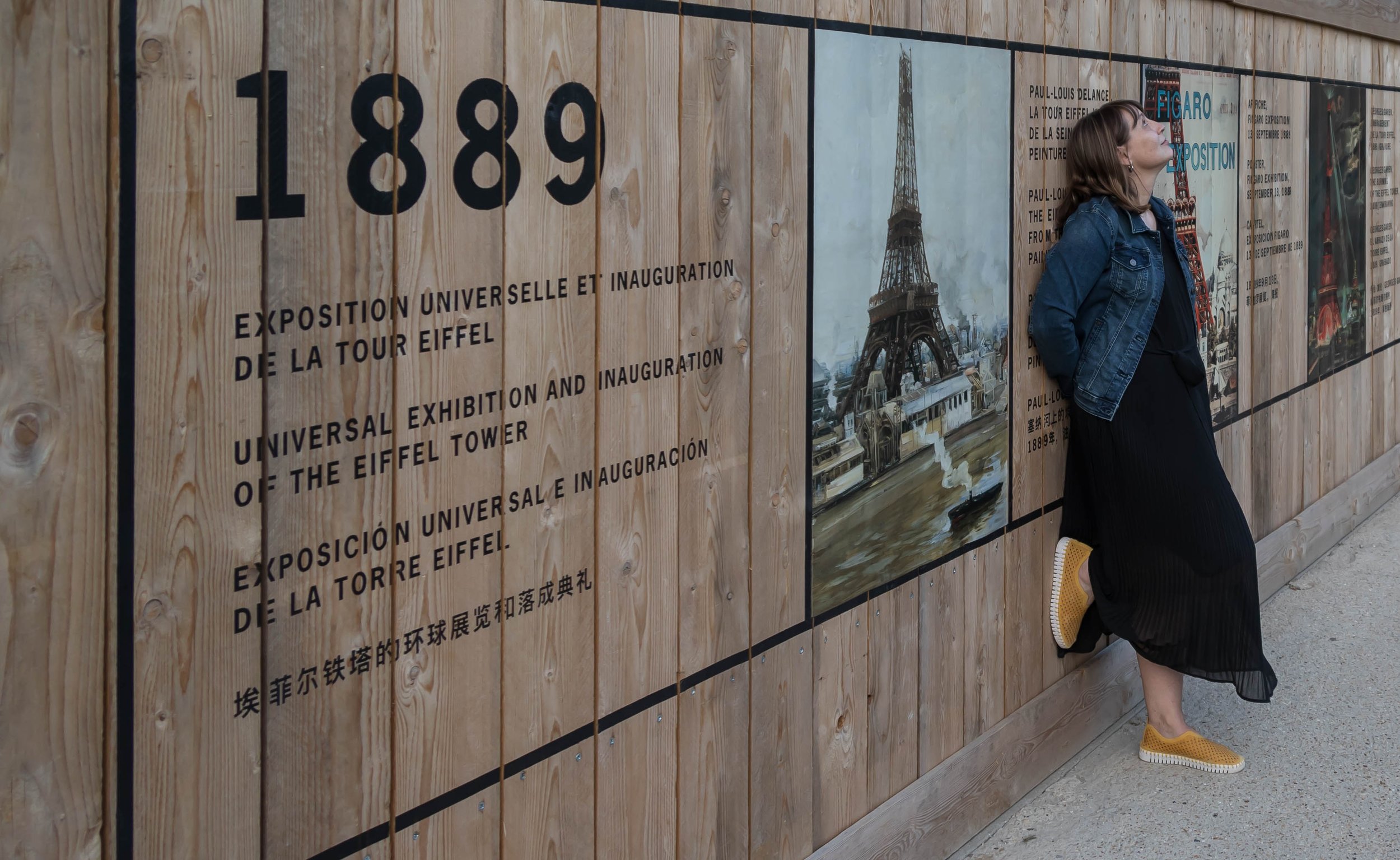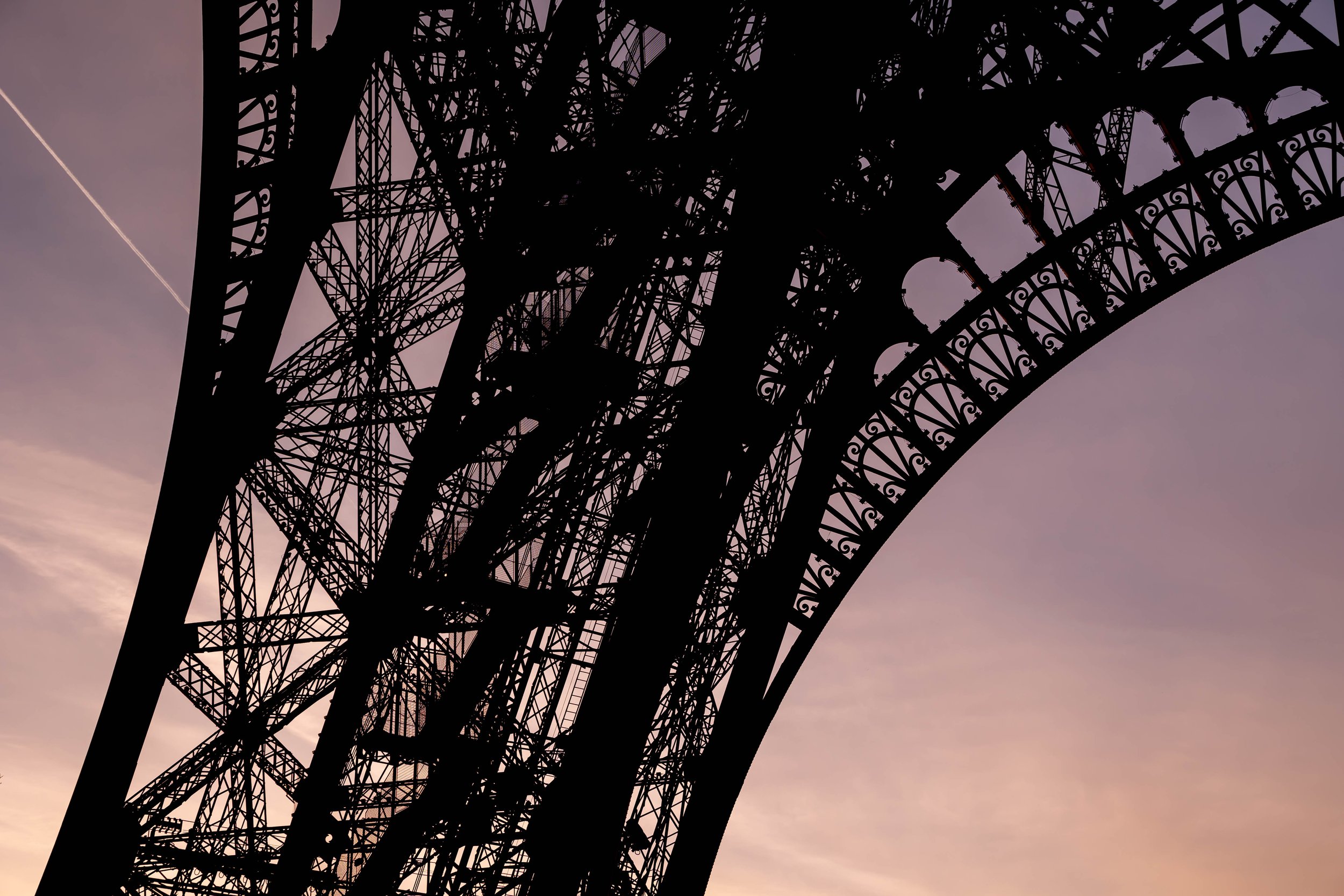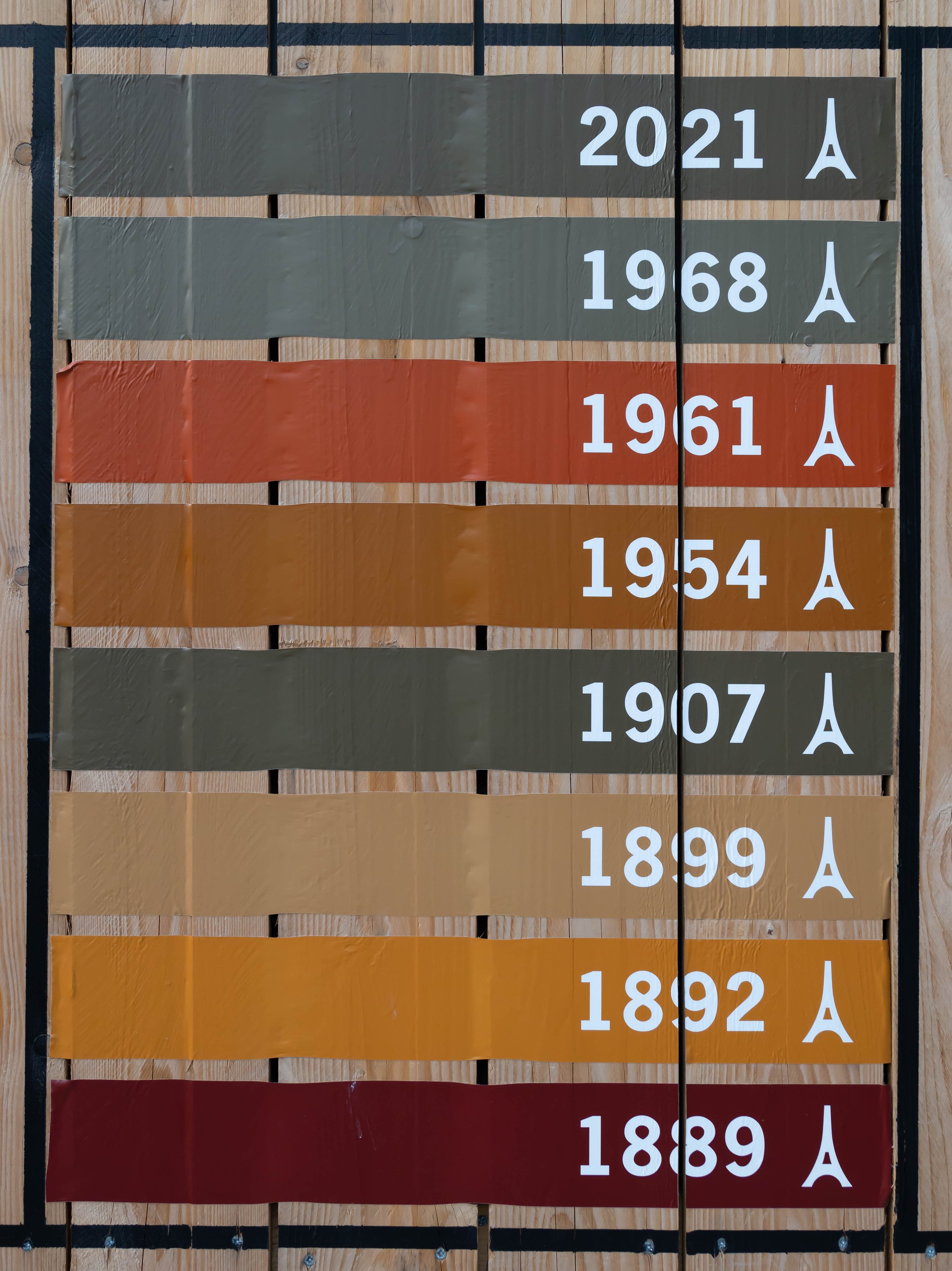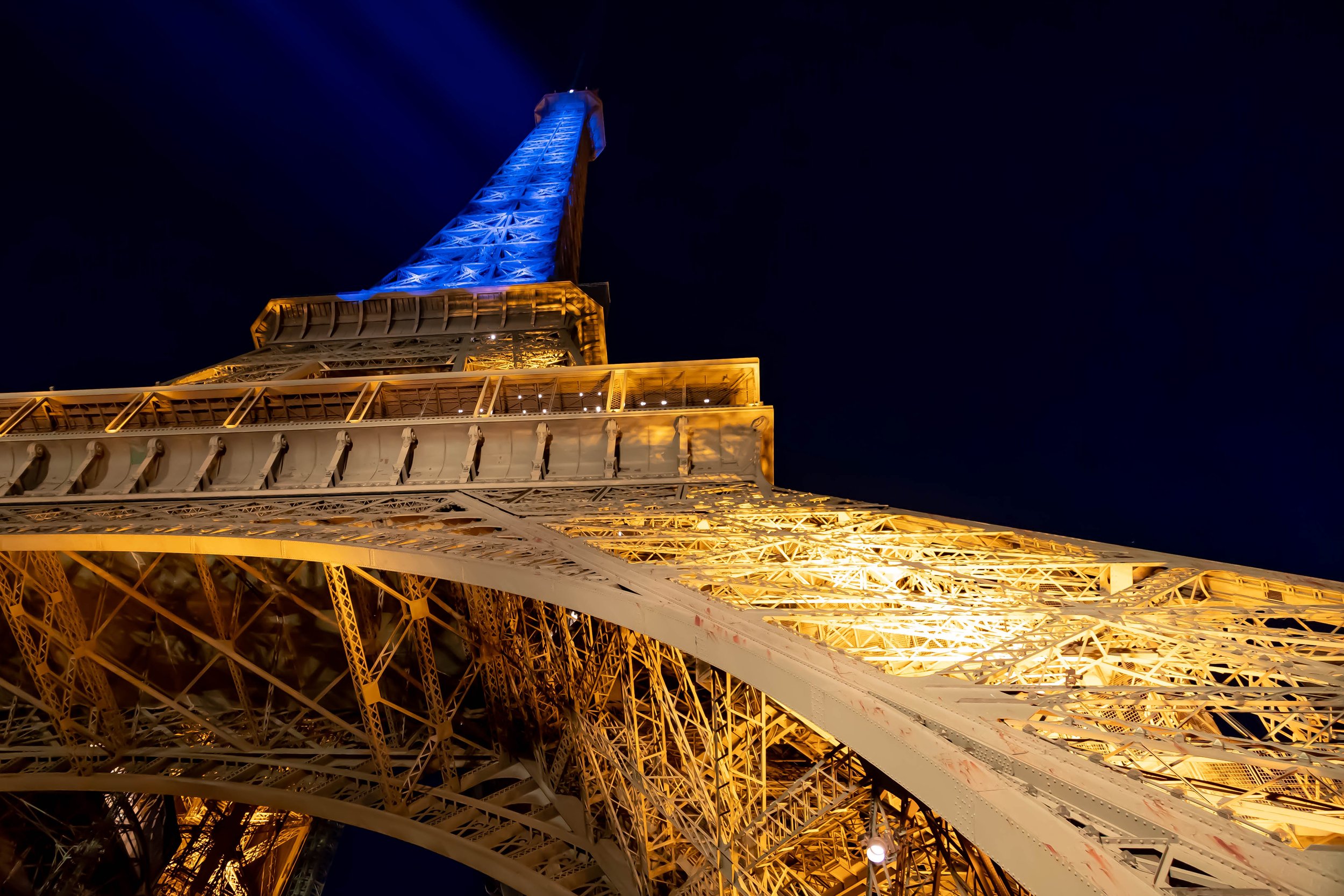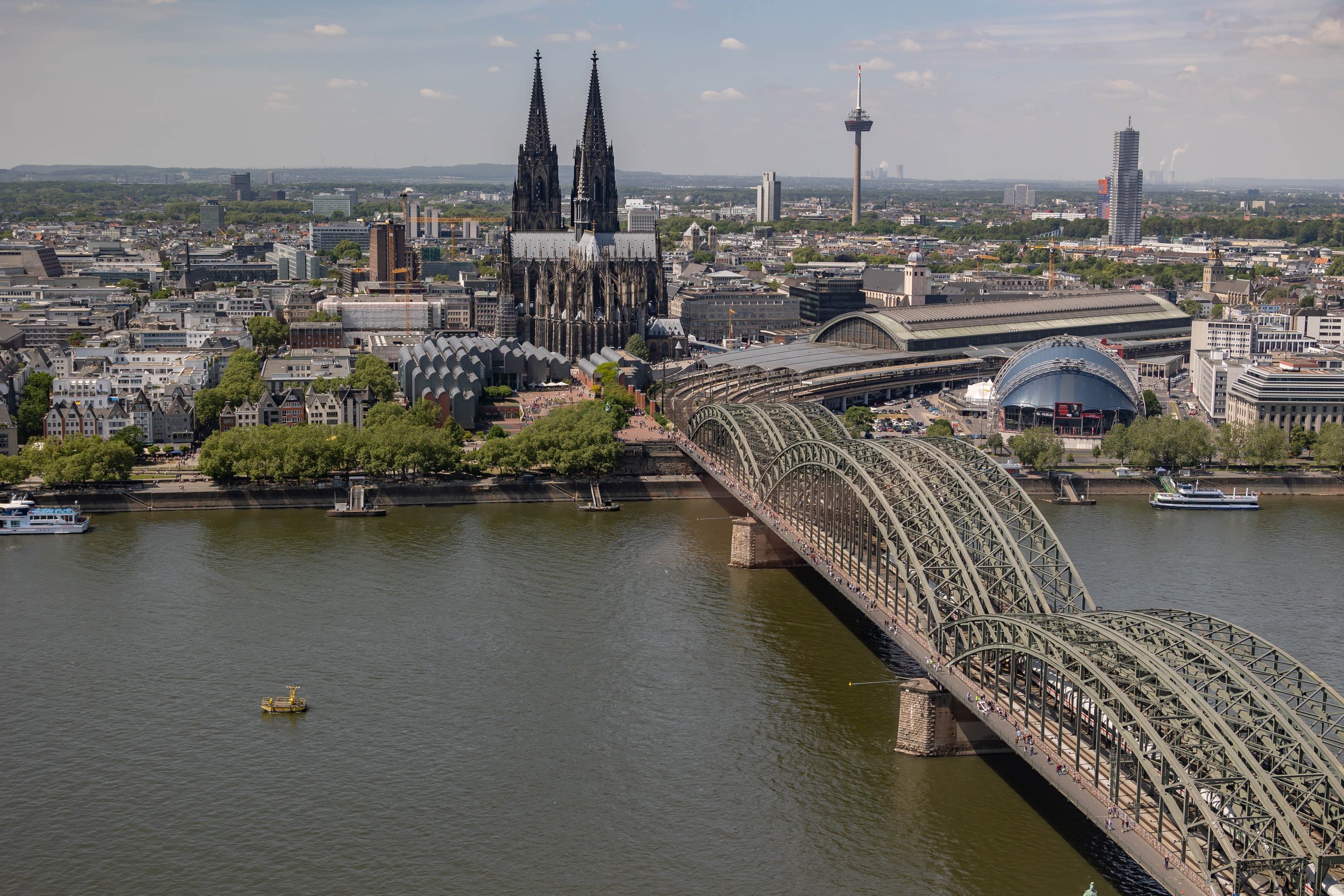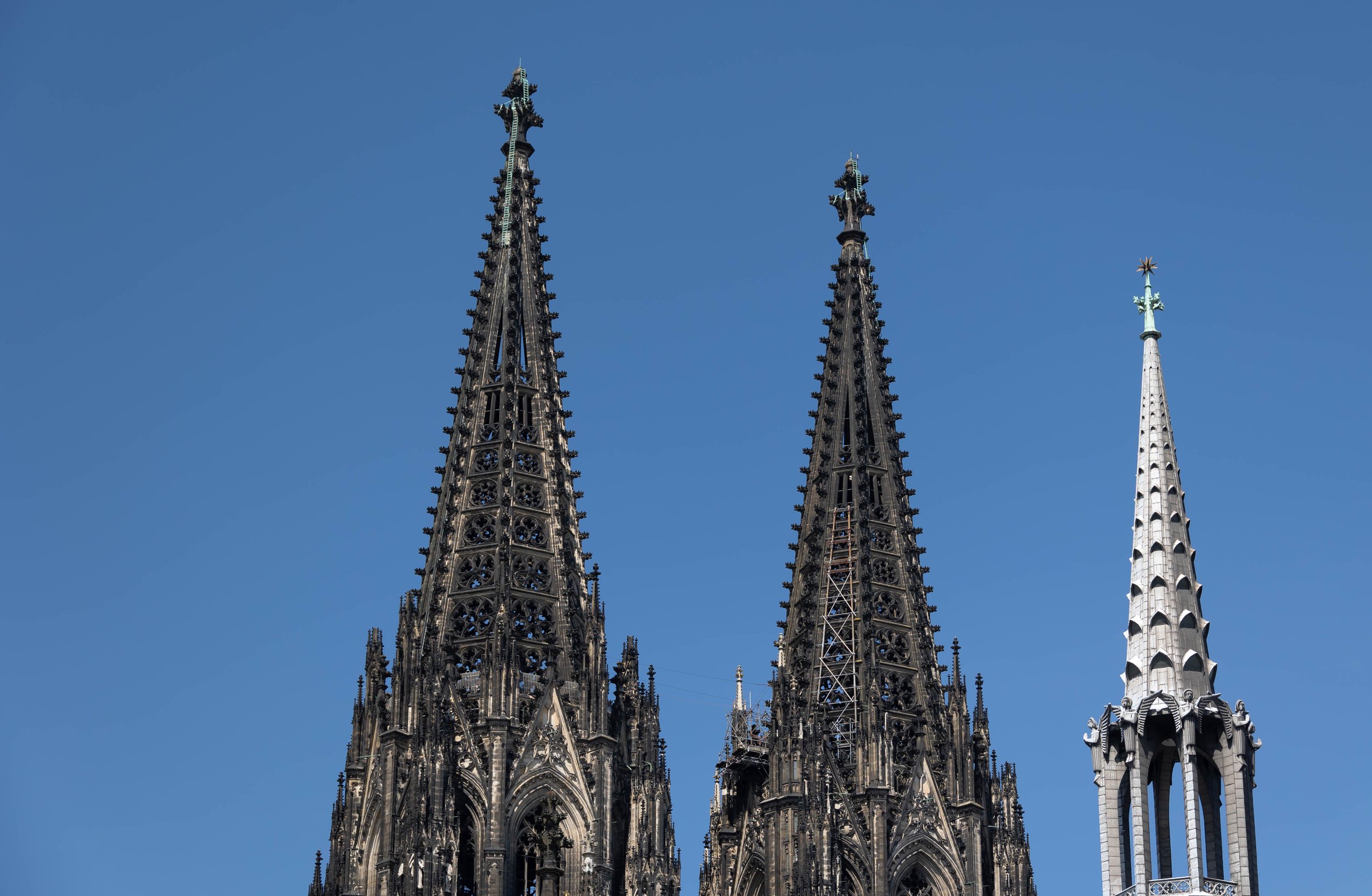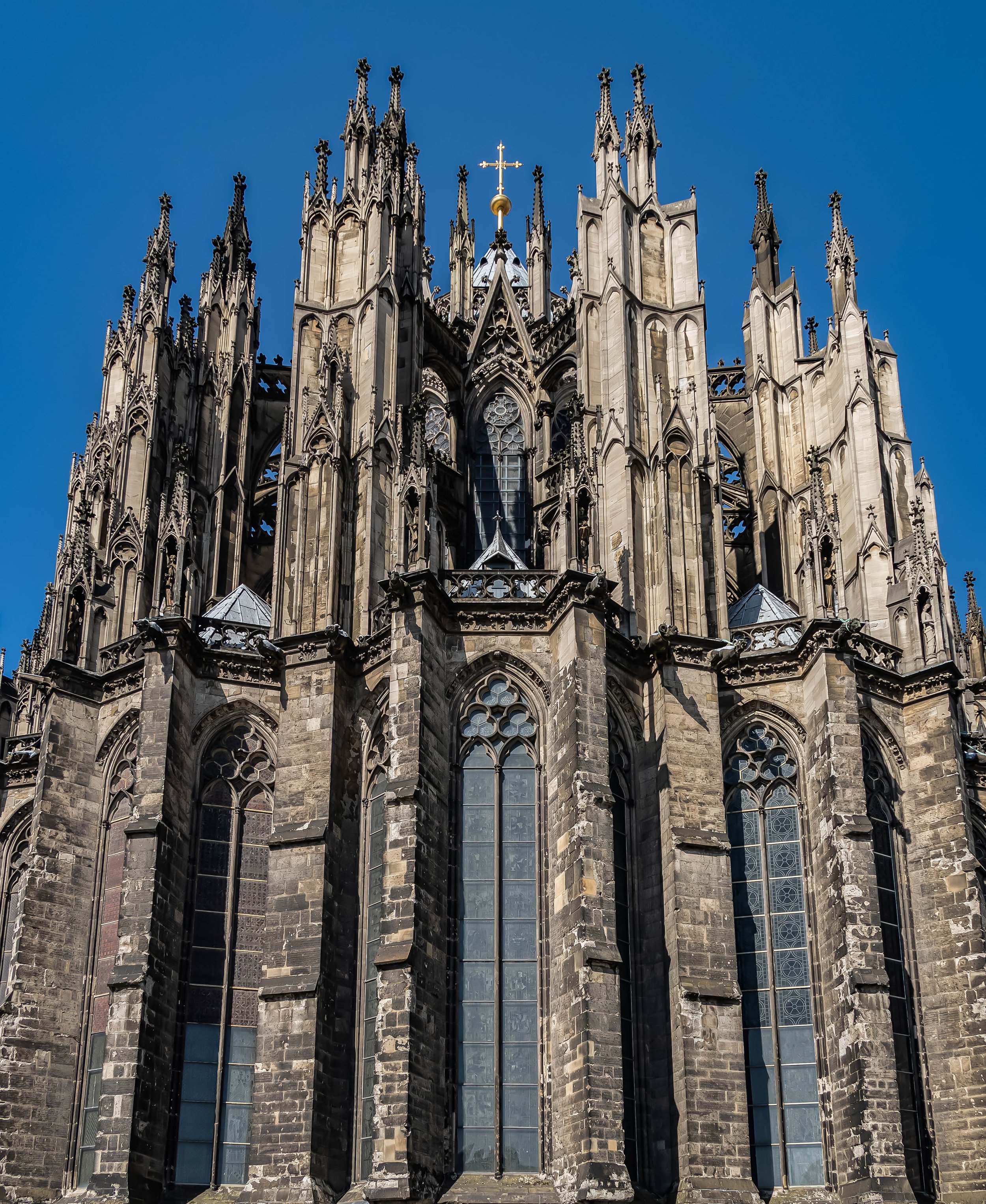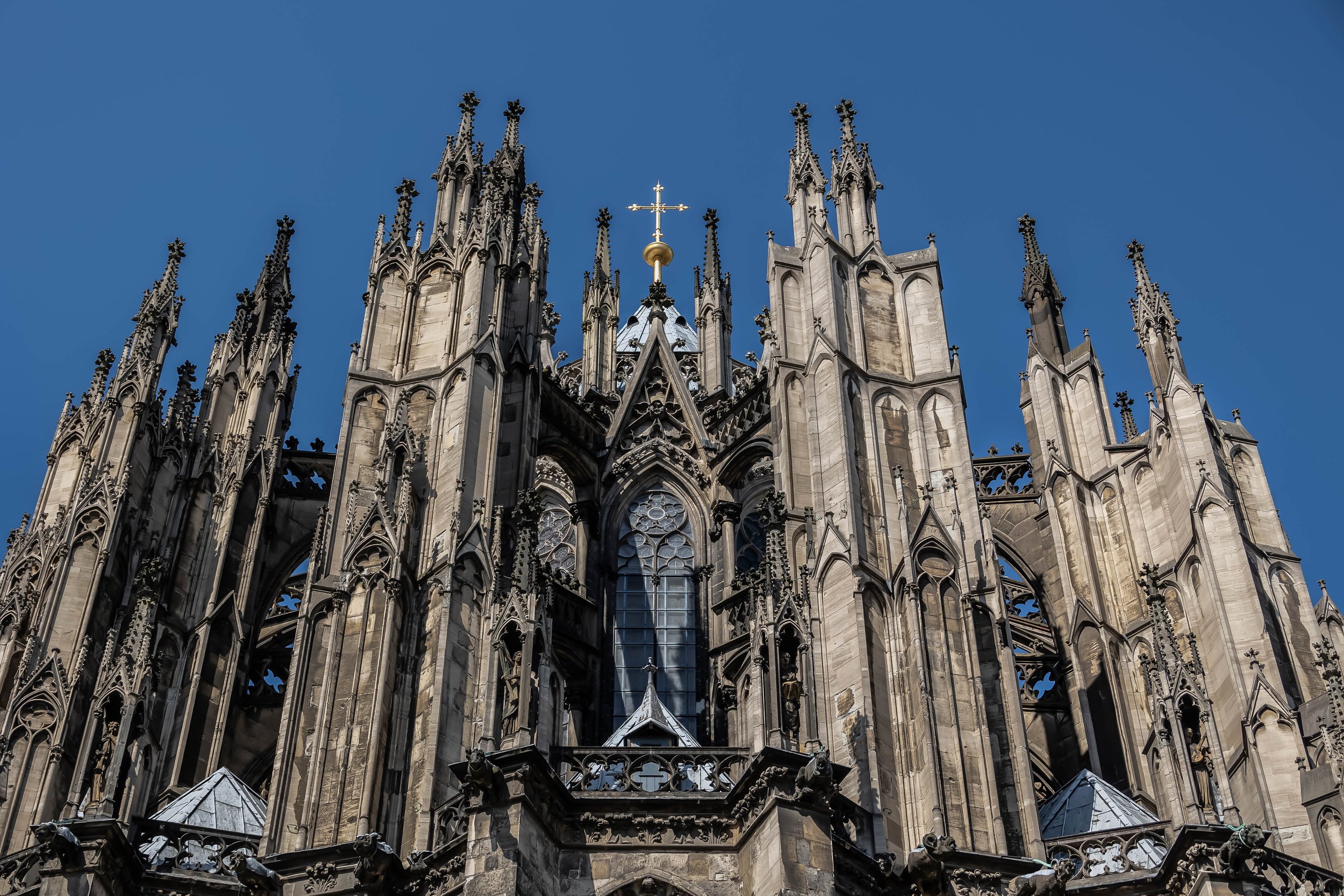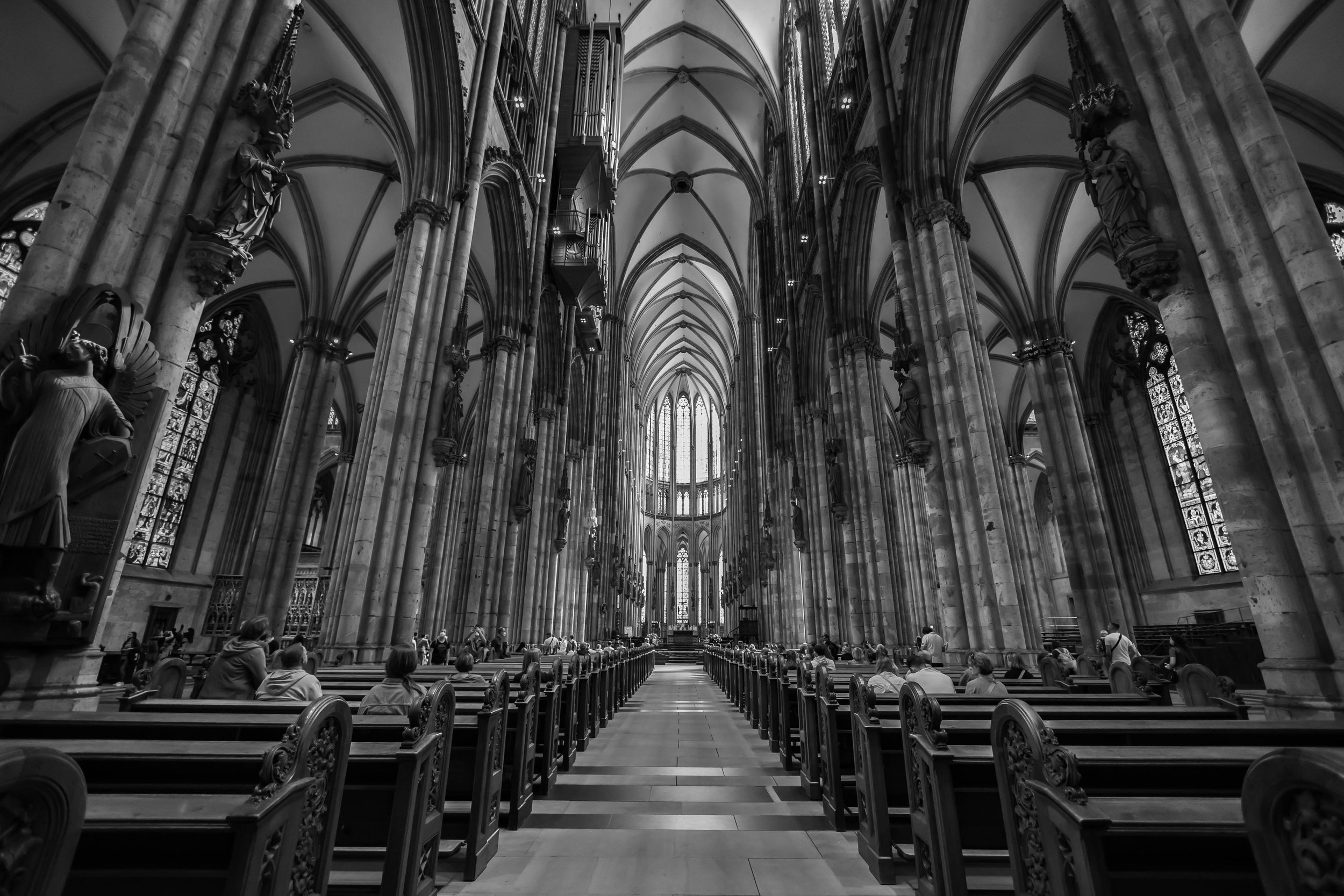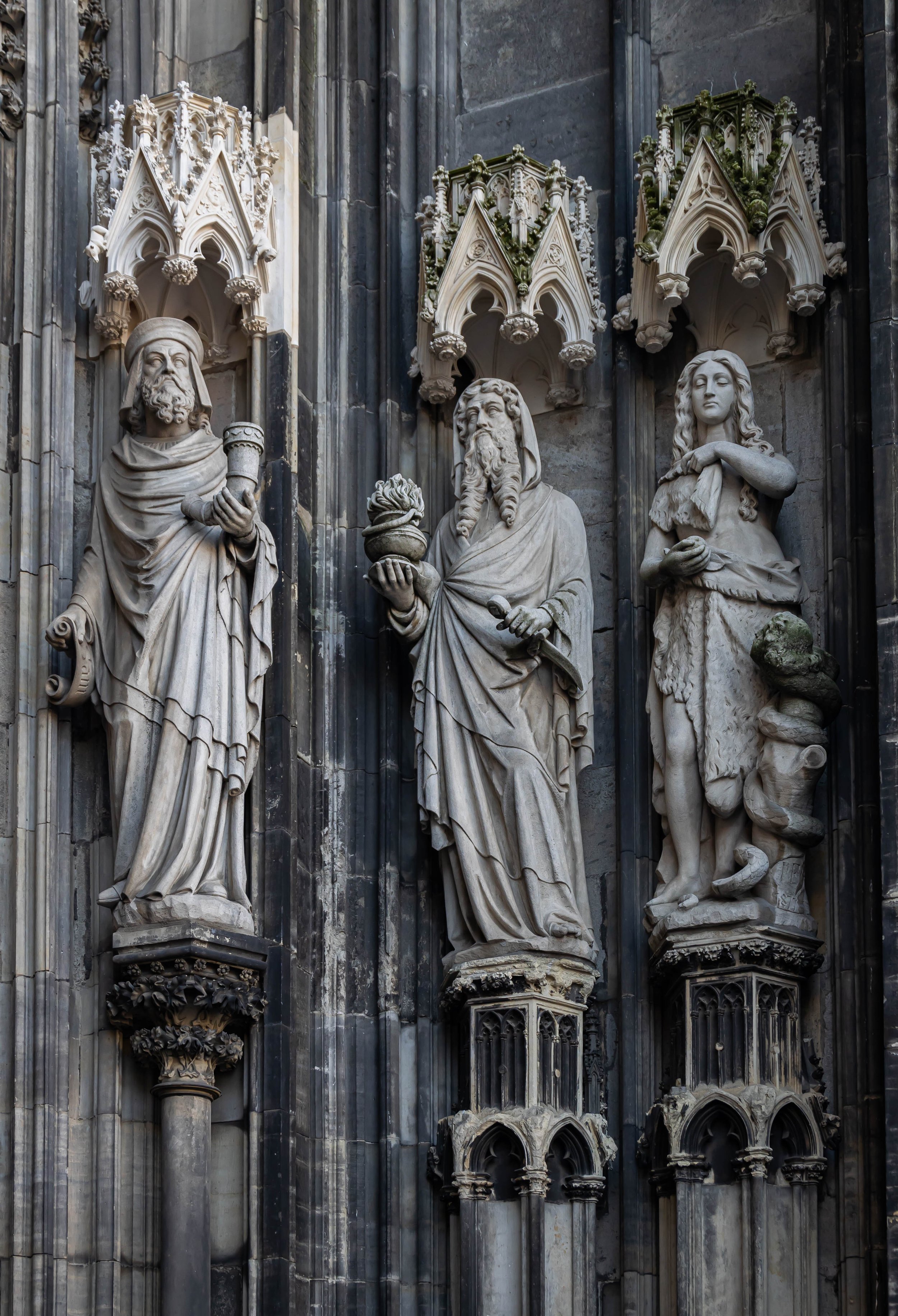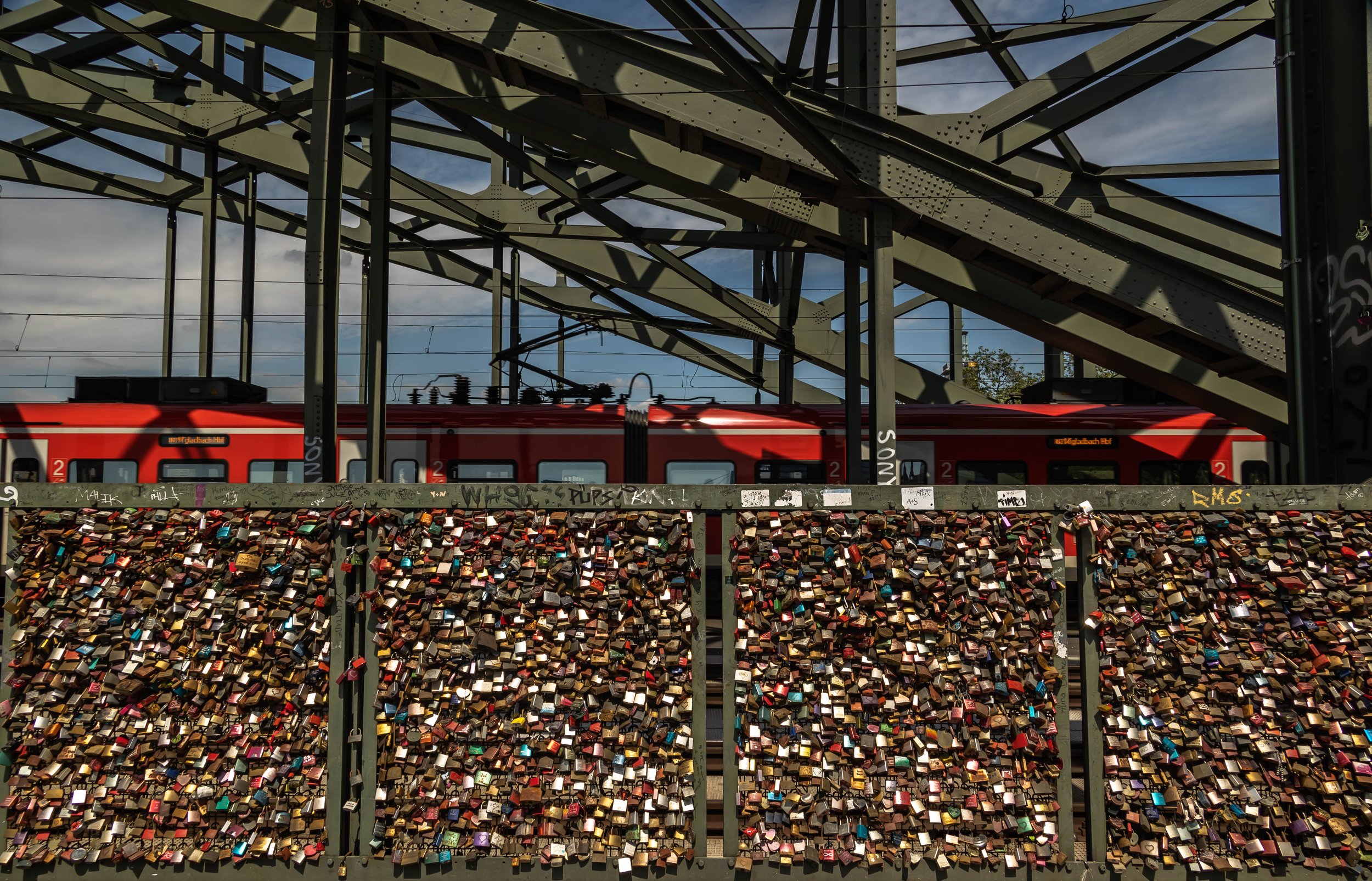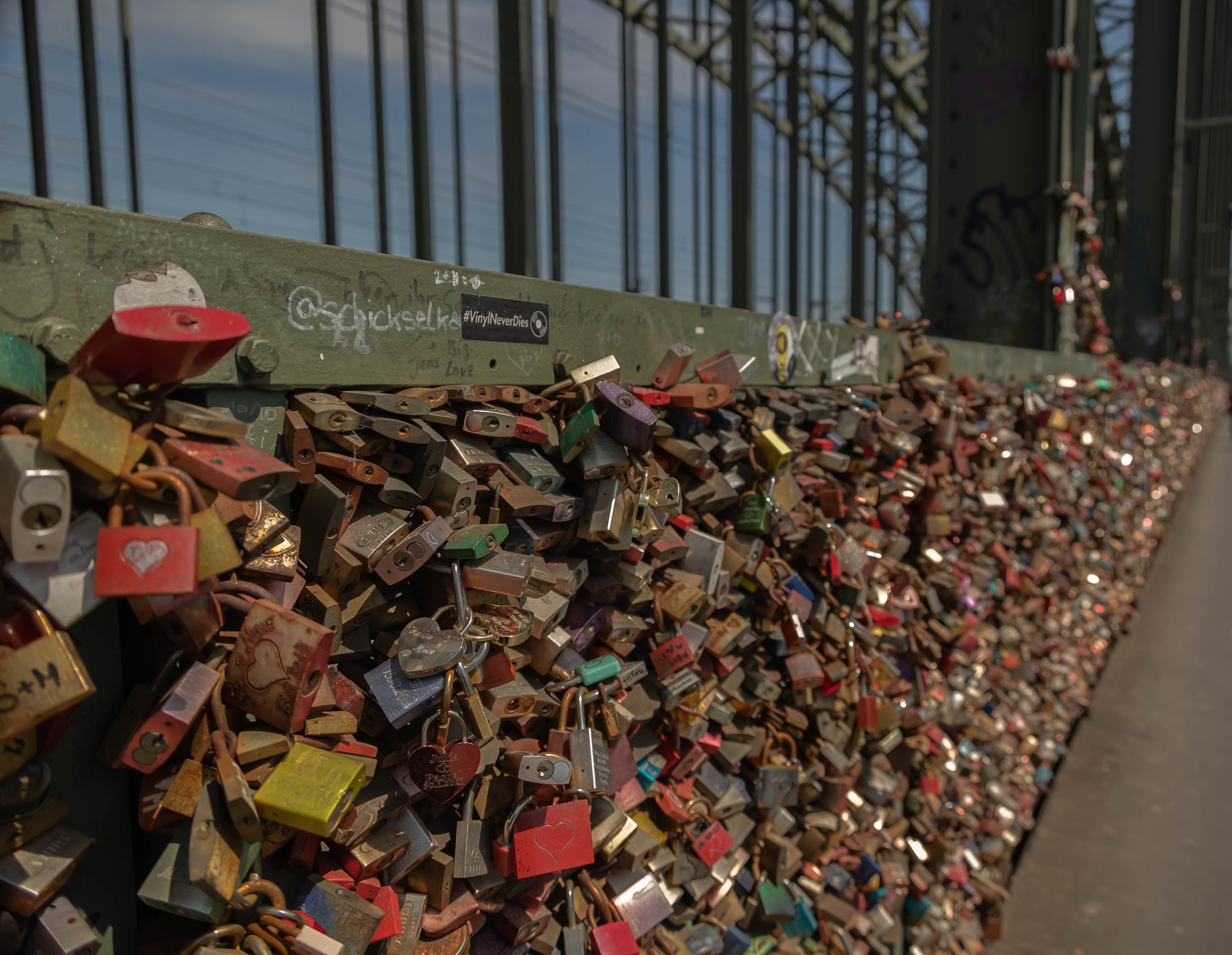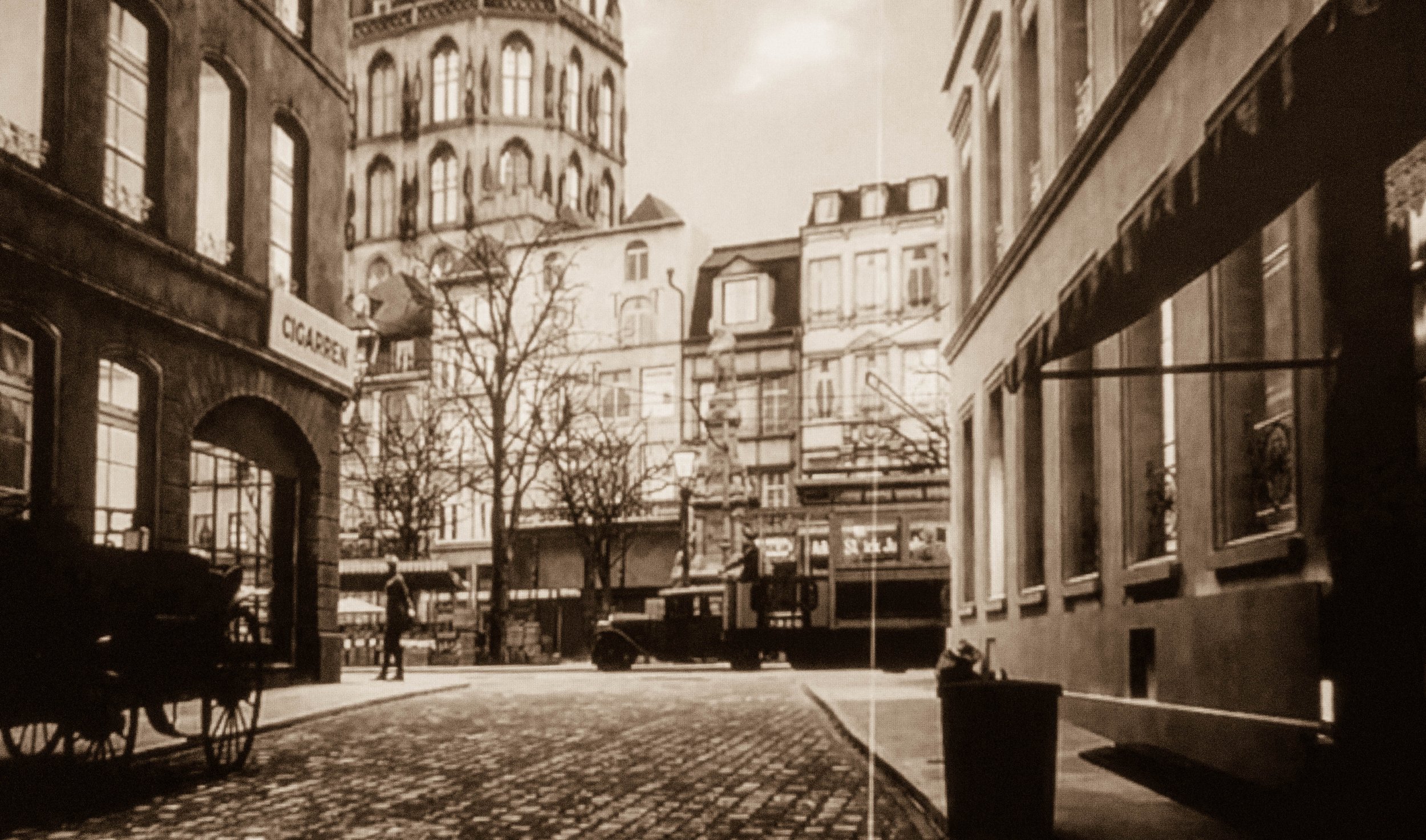On July 13, 1901, Karl boarded the S.S. Princess Josephine, travelling 80 miles across the English Channel from Dover to Ostend, Belgium. Three hours later, Karl arrived on the Continent.
Over two years had transpired since he departed Nova Scotia, and biking through the Continent was his final adventure before returning to England to cross the Atlantic Ocean and return to Canada. Karl commenced his travels in Belgium, then proceeded to the Netherlands, Germany and France.
I met up with Karl in Belgium, and we proceeded to the City of Bruges where Karl noted that the Belgians were speaking Flemish. It was Karl’s first visit to Bruges but my second, and I was grateful to return to this beautiful city. A UNESCO World Heritage Site since 2000, Bruges is considered one of the best-preserved medieval cities in the world. Karl didn’t stay long in Bruges; he cycled onwards to Ghent and then to Brussels. As for me, I took the time to climb the 366 steps up the Bruges Belfry and back down again, capturing a few more photos of this fairytale town. Back to ground level and ready to move on, I indulged in some Belgian chocolate, you know dear reader, just to get some energy!
Leaving Belgium, we reached the Netherlands and our Karl Chronicles, rightly so, became all about the bicycle. The news reported that when Karl arrived in Rotterdam, he had cycled 13,470 miles on his trusty Red Bird bicycle. But, when Karl arrived in the Netherlands, it wasn’t the Red Bird but Omafiets (aka “Grandma Bicycle” or “Granny-Bike”) that was popular with the wealthy Dutch, sparking the bicycle craze that has never waned. By the time I arrived in Rotterdam 120 years later, the Netherlands has more bicycles than people –– approximately 22 million bicycles for 17 million residents and 32,000 kilometres of bicycle lanes.
With all these bicycles and cyclists in the Netherlands, it only makes sense that Karl wasn’t the only person cycling on adventures in different parts of the world, and the highlight of my time in the Netherlands was meeting my new friend Wim Daniels.
Wim is accomplished in the fields of creative arts, linguistics and writing. From teacher to writer to language consultant to lecturer to cabaret performer to TV presenter to board game creator. With already over 124 published books to his credit, at my meeting, Wim was writing a book about Albert Sutherland Royaards. Born in 1855, Albert –– deaf since his childhood as a result of meningitis –– was the first Dutchman who made long-duration road trips aboard a bicycle. Wim’s book Het wonderbaarlijke verhaal van een stille avonturier (‘The Miraculous Story of a Silent Adventurer’) has recently been published, and I can’t wait to read it.
While I was following Karl around the Continent and immersed in the subject of bicycles, I received an email from Gordon Troop, a self-proclaimed “antique bicycle nut” who thought he had the bicycle that Karl rode around the world! Could it be that the Red Bird had in fact returned. Before answering that question, I needed to learn more about Gordon, the world of vintage bicycles, and the Goold Bicycle Company.
Sadly, I concluded that although Gordon’s bicycle wasn’t Karls, there was accuracy in that 1899 statement by the Brantford bicycle manufacturer: “You Ride A Red Bird and You Will Ride the Best”. The Red Birds proved resolute and withstood years of wear and tear.
Karl’s Red Bird left the Netherlands as he rode from Geldern to Schiefbahn, then south to Cologne, crossing the Rhine River on a pontoon bridge. A German official stopped and reprimanded him for being on the bridge when the draw was open. Today that bridge has been replaced and I used the pedestrian route to walk across the 409m length of the bridge. While I didn’t encounter German officials on the bridge, the foot traffic was quite busy with couples intent on placing a ‘love padlock’ on the fence between the trains and the sidewalk.
Although I crossed a different bridge over the Rhine River 120 years after Karl, our view upon arriving in Cologne was the same. The central, dominant landmark in Cologne — then and now — is the Cologne Cathedral. I marveled at the cathedral's gothic architecture, recorded the bells ringing every hour and took a particular interest in the Gargoyle and Grotesques. Then I went back to the time of Karl’s travel, but literally, well, virtually on a time travel back to the past.
Then Karl was off to France, speeding along on his Red Bird bicycle. I imagined that Karl would have been part of that peloton in a yellow jersey if the Tour de France had started two years earlier. After all, what’s a mere 3,000 kilometres when our globe-trotting cyclist had already cycled more than 25,000 kilometers when he arrived in France. But the weather did not cooperate with Karl’s attempt to cycle to Paris, and due to strong headwinds and heavy rain he changed course travelling to Dieppe. Karl’s plans changed continuously due to factors out of his control. I don’t think these changes detracted from his journey, with some exceptions, Paris being one of them. Karl would have enjoyed Paris and the Eiffel Tower. I know this GlobeTrotter did and I’m sure many of my dear readers would concur.
There isn’t any formal acknowledgement from Karl passing through Amiens, but I hoped that he took the time to tip his hat to Jules Verne, the author who inspired the possibility of his travel around the world. The story of the fictitious eccentric Englishman who set a wager to travel the world in 80 days is indirectly responsible for a legacy of GlobeTrotters, including Nellie Bly, who was the first to travel around the world in 72 days. Nellie’s story inspired many, including Rosemary Brown, author and journalist who followed in Nellie’s footsteps and documented the journey in her book: Following Nellie Bly: Her Record-Breaking Race Around the World.
For this leg of the journey, Karl’s travels through the Continent took a mere 14 days to bike over 1000 kilometers. I also took 14 days to travel to those same places but got there on trains. Karl’s mode of transportation impacted his original plans when strong winds and rain meant changing his itinerary in France. For me, travelling by train meant that I was able to follow Karl’s route and visit those places that he missed.
Stay tuned next week dear reader for Leg 8, as we start our travels through Scotland.
In case you’ve missed them, click here for more Karl Chronicles
The Karl Journey is now registered as an official expedition with the Royal Geographical Society
Enjoy the images from what we saw on the way throughout Belgium, The Netherlands, Germany and France.
